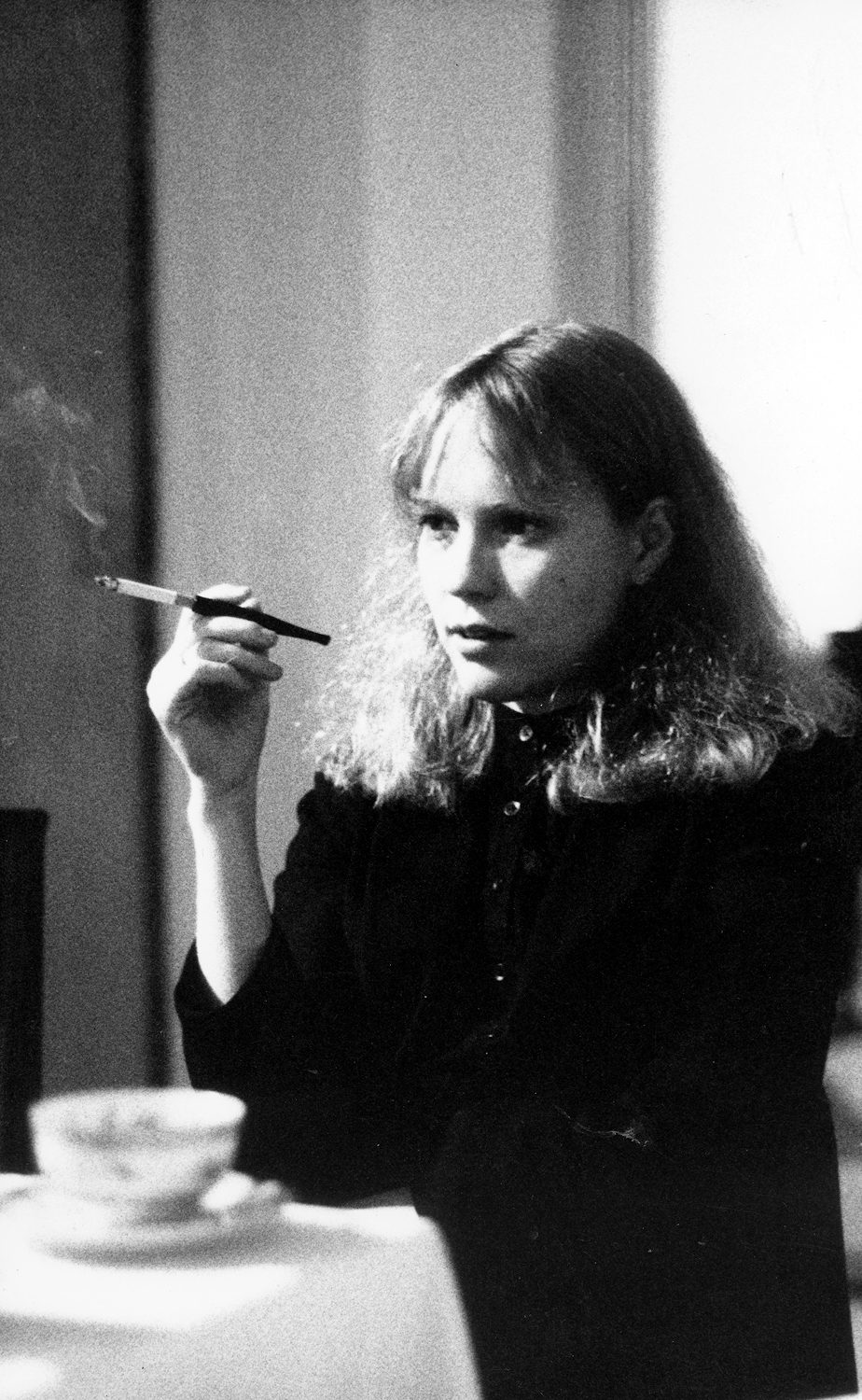
‘Sarah Charlesworth studied with the Conceptual artist Douglas Huebler at Barnard College in New York. She was further influenced to continue down her own path of Conceptualism when she saw the text-free publication Xeroxbook (1968) by Robert Barry, Douglas Huebler, Joseph Kosuth, Carl Andre, Sol LeWitt, Robert Morris, and Lawrence Weiner. Organised and published by Seth Siegelaub, the book was an attempt to show art outside the gallery setting, and to present an exhibition in book form.
‘In 1975, when Charlesworth and Joseph Kosuth were living together, they founded the art-theory magazine The Fox, which ran for three issues until 1976. Kosuth also introduced Charlesworth and fellow photographer Cindy Sherman, and Sherman in turn introduced her to Laurie Simmons, which led to a lifelong friendship between the three artists. Throughout her career, Charlesworth always continued in the direction of bridging the gap between fine art and critical practice. For her, the best way to achieve this was through photo-based work.
‘Sarah Charlesworth is considered to have been a member of the Pictures Generation. The Pictures Generation refers to a loosely affiliated group of artists active in the ‘70s and ‘80s in the United States, who mainly worked with photography, film and performance. Influenced by Conceptual Art, Minimalist Art and Pop Art, the artists often used appropriation and montage in order to reveal the constructed nature of images. It was the first major art movement in the States to be dominated by women, and key artists included Sarah Charlesworth, Cindy Sherman, Barbara Kruger, Sherrie Levine, Louise Lawler, and Richard Prince. The movement can be understood as a reaction against what its artists deemed the machismo of Abstract Expressionism, as well as a response to disillusionment due to shattered hopes for political and social change.
‘“I abstract objects that socially, carry a strong emotional charge or symbolic significance. I’ve abstracted them from the context in which we normally confront them.” – Sarah Charlesworth
‘In a series of Conceptual photographic projects, Charlesworth used and rephotographed preexisting images that she found, for example, in newspapers. One of her first major series of photographs created using this method is Modern History (1977-1979). For this series, she rephotographed the front pages of old newspapers, deleting the text so that the news pictures were left floating in space. In this series, Charlesworth examined the values and interests of Western culture through photographs taken from the pages of 45 different newspapers.
‘The next time she appropriated photographs from newspapers, it was for her project The Arc of Total Eclipse, February 26, 1979 (1980). The photographs charted the movement of an eclipse as recorded in local newspapers.
‘Perhaps her most important body of work is the photo-series Stills (1980), which comprises seven images of people falling in mid-air. The images are reproductions of photographs Charlesworth found of people jumping to their death. Some of the subjects have names, others are anonymous, but all of them are captured in that liminal moment between living and dying. Charlesworth attempted to make visible the moment of no return, the moment when the human body faces its own imminent destruction and simultaneously freedom from suffering.
‘In her later series, Objects of Desire (1983-1988), Charlesworth explores sexuality, power dynamics, and the concepts of material and metaphysical desire through different objects. Each print features an isolated image which she took from magazines and rephotographed, set against a solid colour field. According to Laurie Simmons, Charlesworth had an obsession with objects. She really felt the life of different objects, and would hold them in her hands and discuss the various properties she felt they had, and how they made her feel.
‘Though Charlesworth was far less well-known than most of her male peers, Laurie Simmons and Cindy Sherman both stress that she was not fazed by this. She never complained, and always continued to produce work, no matter whether or not she had gallery representation and exhibitions. And in the end, she has had over 50 solo exhibitions and her works are held in the collections of the Solomon R. Guggenheim Museum in New York, the Metropolitan Museum of Art, The Whitney Museum of American Art, the J. Paul Getty Museum in Los Angeles, the Art Institute of Chicago, the Victoria and Albert Museum in London, and the Stedelijk Museum in Amsterdam, among others.
‘Charlesworth’s newest series of photographic works, Available Light (2012), which she completed the year before her death, was exhibited for the first time in 2012 at Susan Inglett Gallery in New York, and was recently on view at Campoli Presti in London, in 2018. This radiant final series was also included in the major retrospective Doubleworld, which covered Sarah Charlesworth’s body of work, held in 2015 at the New Museum in New York.
‘According to Simmons, there was a kind of lightness and freedom in this new body of work, comprised of crystal balls, prisms, optical instruments, and airy, pale-blue or black-and-white spaces. The images conjure up a feeling that the artist was really starting to enjoy herself.’ — Shira Wolfe
____
Further
Sarah Charlesworth Studio
Oral history interview with Sarah Edwards Charlesworth, 2011 November 2-9
SC @ Paula Cooper Gallery
The Enigmatic Pictures of Sarah Charlesworth
Intentional Accidents: Reflections on Sarah Charlesworth’s Stills
Sarah Charlesworth, Artist of Deconstructed Photographs, Dies at 66
Lost (and Found) Artist Series: Sarah Charlesworth
Sarah Charlesworth: Doubleworld
Untimely Images, Fallen Figures: Sarah Charlesworth at the End of Modern History
Rachel Churner on Sarah Charlesworth @ Artforum
Sarah Charlesworth: An Oral History in 40 Voices
Book: ‘Sarah Charlesworth: A Retrospective’
Sarah Charlesworth: A look back at the artist’s quintessential postmodernism.
The artist and linguist: Sarah Charlesworth’s ’Doubleworld’
The story behind Sarah Charlesworth’s haunting ‘Stills’ series
Sarah Charlesworth: IMAGE LANGUAGE
Should We Look Away?
Podcast: Sarah Charlesworth at LACMA
Picture as Primary Object – Sarah Charlesworth
The Picture Generation Artist Who “Plundered” on Paper
Sarah Charlesworth’s Retrospective Gives You Double Vision
Sarah Charlesworth Showed Me the Shape of Death and Desire
Considering the humanity of falling bodies in Sarah Charlesworth’s Stills
A Deep Dive Into Sarah Charlesworth’s Image Archive
___
Extras
Sarah Charlesworth, Interview 2004
Artist Talk: Sarah Charlesworth
Art That Will Change the Way You See Art: Sarah Charlesworth
_____
Interview
from BOMB
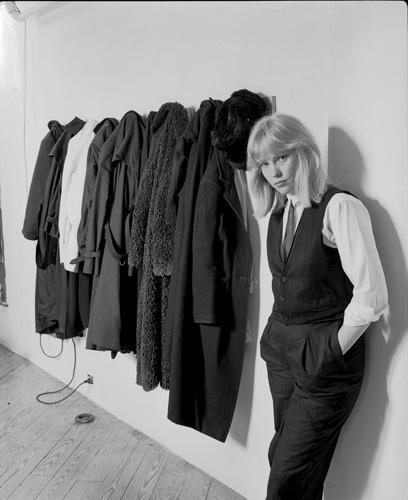
Betsy Sussler Do your photographs conjure emotional upheaval?
Sarah Charlesworth Yes.
BS Are they magic charms?
SC I abstract objects that socially, carry a strong emotional charge or symbolic significance. I’ve abstracted them from the context in which we normally confront them, a fish out of a natural history magazine or a heart out of an anatomy magazine and recreated another context which is within my work. In The Academy of Secrets, I’ve tried to confront an emotion in myself and used these image-objects to create a complex, emotional field resembling a visual dream or a feeling. I’m trying, almost to cast into imagery a specific feeling. It’s not necessarily resolved in any structurally, easily, interpretable form. It is much more personal. I’m exploring a level of unconscious engagement in language, a covert symbology. There’s a level on which this involves a personal as well as a societal confrontation. In other words, I think that a symbolism is attached to particular images, becomes marked in the unconscious. To exorcise it, to rearrange it, to reshape it, to make it my own, involves unearthing it, describing it, deploying it inform, and then rearranging it. In each individual piece, I’m going for a different kind of emotional psychic chord.
BS The red diptych of the antlers and the heart?
SC Let me finish, because you asked about magic.
I believe the human psyche is capable of higher levels of perception, of understanding and of being which are approachable through confrontation with one’s self and through confrontation with society, in this case, through its visual language. The whole concept of magic totally fascinates me. I think of it as a continuum with psychic lucidity and in different pieces, I’m approaching different aspects of the psyche. In Subtle Body, I borrowed from Tantric meditation, the progression of ascendent symbols along the body center, equaling seven centers in the body. Then I turned around and replaced them with symbols that are personally significant to me, that reflect my understanding of a physical, psychic elevation.
BS The Egyptian alchemists had formulas to make straw into body, lead into gold, water into blood, your title, Academy of Secrets . . .
SC That’s what the secrets in the title refers to. The secrets of higher, esoteric knowledge that are hidden beneath the common level of organized religion and mass culture. I’m talking about very esoteric knowledge which could come from any society or historical period in regard to alchemy. I view each art work, in a sense, as the alchemist might understand the transformation of matter, into something animate with psychic essence. Making an art work involves the transformation of matter, paper and materials into a process of animation or psychic elevation of material stuff. Animation, like The Subtle Body, suggests a human body through the placement of different elements, in this case eight rather than seven because I give you two choices of brains—the right and left. Ascending from the most base matter, the clay pot at the bottom and then the fish, the sperm, the heart, the river. The two brains are the Indian magic wand in the shape of the crane and the clock, the logical, right brain. And then scarf at the top for the opening and the psyche. In a sense, the matter becomes more ethereal as you move up the swirling column.
BS But the urn is also the place where one puts the ashes of a body.
SC That’s true. This piece is designed so you can read it going up or down. In evolutionary theory, it’s the amphibious history of human development. You move from a fish to a clock within the same body, from animal nature to a logical brain.
BS The images are placed in a structure that is invisible. What is it actually?
SC Well . . . secrets. They’re supposed to resemble the contents of the unconscious. They come bubbling up and seem to be random but hidden underneath is not only a complex order but, perhaps, several overlapping orders. I’m likening, in a metaphorical sense, the psychic body, the mind, the unconscious, to the physical body, which is how one experiences one’s psyche. I’m using the physical body as a metaphor, a psychic body for the mind’s unconsciousness.
BS It is believed that the heart cannot lie. There is also the fear of revelation. I stand revealed.
SC That’s how I feel about a lot of this work as a whole. I stand revealed. I’m confronting myself in public and there is a level of honesty about it.
BS The imagery floats on colors so dense and bright they singe your eyeballs. Evocative colors: blue for the womb; black for the father; red for the heart, for blood. The color is more emotional than the imagery.
SC The color and the imagery are meant to work together as a whole. All the formal choices, such as size, arrangement of the images and, certainly the color, have a psychic charge. The pieces are constructed to be the size of the human body: they are supposed to confront the body, to contact the emotional body of the viewer.
BS Tell me about doing the research for these.
SC You’re using a writer’s word, research.
BS You know what I mean.
SC It’s a complicated process because I’ve been engaged in researching images, if you want to use that word, for so many years. Now I have a vast bank of images, picture files of just about anything you want. So if I think the piece, The Temple of My Father needs something more gooey, phallic-shaped, organic . . . I go over to the mushroom file for a black or purple mushroom. Frequently it comes from an idea, a kind of image to conjure some feeling. Other times, I’ll run across an image that will trigger an idea. The funny thing is that it frequently takes place over a long period of time. I gather these things and they’ll be brewing in the back of mind and it may be three or four years before I actually use an image that I’ve been saving. Like the clay votive fetishes of the hand, the eye, the breast and the ear in Self-Portrait, I had found them a long time ago but it wasn’t until I found the urn and then, in the middle of the night, I said, “Wow, they fit together and they just describe how I feel.”
BS The Object of Desire series were diptychs which rested upon one another. But it looked as if the images could shift and slip.
SC The first was the Marlene Deitrich figure reduced to a slinky evening gown juxtaposed against the satin bondage suit. My choice of which image to advance and which to recede generally involved putting the most known, apparent image in the advancing panel and the image with the secondary or more hidden meaning in the receding panel. In The Garden of Delight, the figure with the penises sticking out of his head, helmet, belt and real penis is obviously an advancing figure and the little secret keyhole garden where he wants to project himself is the receding panel, the hidden—which seems to me, to make perfect formal sense.
BS The garden is paradise?
SC Obviously there’s a metaphor here between the male’s body and what I suppose could be a woman’s body. It could be any kind of orifice but it’s some place that he wants to go that’s a little too tight for him to fit. But one sees through this opening something like paradise, a place that contains that which he searches for. It’s a model of desire itself, it’s not necessarily purely a metaphor for male sexuality. It’s the unapproachable or difficult to approach desired place.
BS Implied in these juxtapositions is that what is hidden behind could slip forward and what is forward could slide behind. It’s as if the unconscious, even though it’s pushed back, is the controlling factor.
SC Definitely. And the viewer makes that slip happen. The arrangement of images is loaded in many different ways which allow for the condition of multiple interpretations. The viewer completes the act of interpretation. And I think that’s very, very important. And it’s something that I could be criticized for. It allows even contradictory interpretations. It doesn’t resolve things. There is no closure in these.
BS It has been said that every generation reinterprets the past. It could also be said that every individual reinterprets the present.
SC Frequently, I take very loaded, for instance, very sexual symbols and abstract them and deploy them in a piece without attaching any gender significance per say to them. The Bowl and the Column has a golden bowl on the bottom of a brilliant blue rectangular field and a golden yellow column on the other field. It’s the essence of what is thought to be a female symbol and a male symbol, and yet there’s no female or male gender attached to the piece itself but what the viewer brings to it. You’re confronted with a pure abstraction and you realize on a certain level where the symbolism begins and ends. A great deal of it’s brought to the piece by the viewer.
BS Yes and no. Objects, images contain an ancient power. And it can evoke and elicit responses. You couldn’t produce this work without knowing that.
SC Absolutely. But what I’m saying is frequently these loaded images or objects are used by me without my attaching a particular significance to them. In other words, what I’m doing is letting whatever power, whatever affect they have, work on its own.
BS What response surprised you the most? Do you remember?
SC The Falling pieces in the Stills series, human figures suspended in mid-air. Again, the simple non-didactic presentation of visual material. Some people thought they were frightening because they read into them, the continuation of the narrative—that these are people jumping and are probably going to die. And certainly it’s a dangerous or violent situation. But others saw them as very ethereal arid beautiful, floating figures. And often, the emotional responses shift. Somebody would say, “They’re really awful but come to think of it, they’re really beautiful.” That was the first time I realized that the same image could conjure extremely different contradictory emotional responses and I’ve found that to be consistently true in the ten years since that work was done.
BS Those were moments plucked from a narrative—suicides, people escaping fires, accidents . . . The Academy of Secrets construct ancient narratives.
SC I don’t think of them as narratives. They’re quite non-linear, more spatial, multi-dimensional constructions. There is an underlying geometry to the field which permits different kinds of formal arrangements of signifying elements—a geometrical syntax, actually. Even the choice of an order versus a seemingly disordered field is a formal choice which connotes a particular approach. I’ve been trying recently to work just on the borderline between the two, trying to allow hidden orders to emerge, in a way trying to disrupt the neat distinction between order and chaos, conscious and unconscious, found and made.
BS Why photography as a medium?
SC That’s something that I’ve been asking myself recently because I don’t think of myself as a photographer. I’ve engaged questions regarding photography’s role in culture for 12 years now, but it is an engagement with a problem rather than a medium. The creative part of the work is just as much like painting or design as it is like photography. I’m not using a camera and it’s not based on recording a given work but in creating or structuring a given world. I use images drawn from the culture because I’m interested in each piece being an interface between my personal subjectivity and a given world. A kind of langue and parole situation where I am speaking of the world through things of the world but via my own particular arrangement, construction of the world. In the early Objects of Desire, there is a much more deconstructive approach to visual language. Where I’m confronting a given world and trying to discover its architecture, its formal and political nature. Whereas in more recent work, I’m constructing a consciousness within the world. In a piece like the Self-Portrait, I’m literally projecting a visual image or psychic image of myself into the world. Rather than being a portrait in a traditional sense, it’s a portrait of a state of mind which is particularly my own. I see myself as casting my world back into the given world. It’s like a reformulation of language, a recreation of a new metaphor.
___
Show
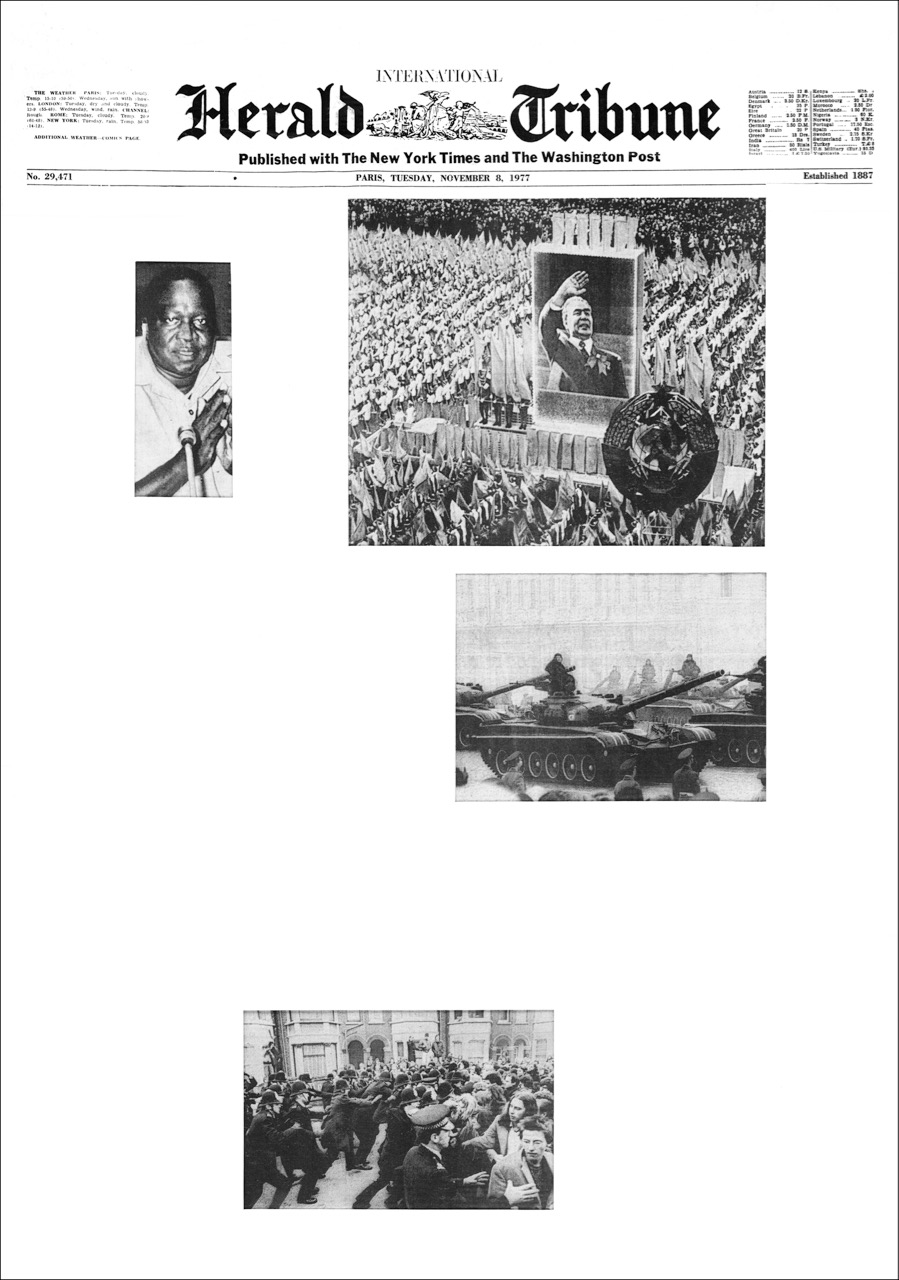
1977
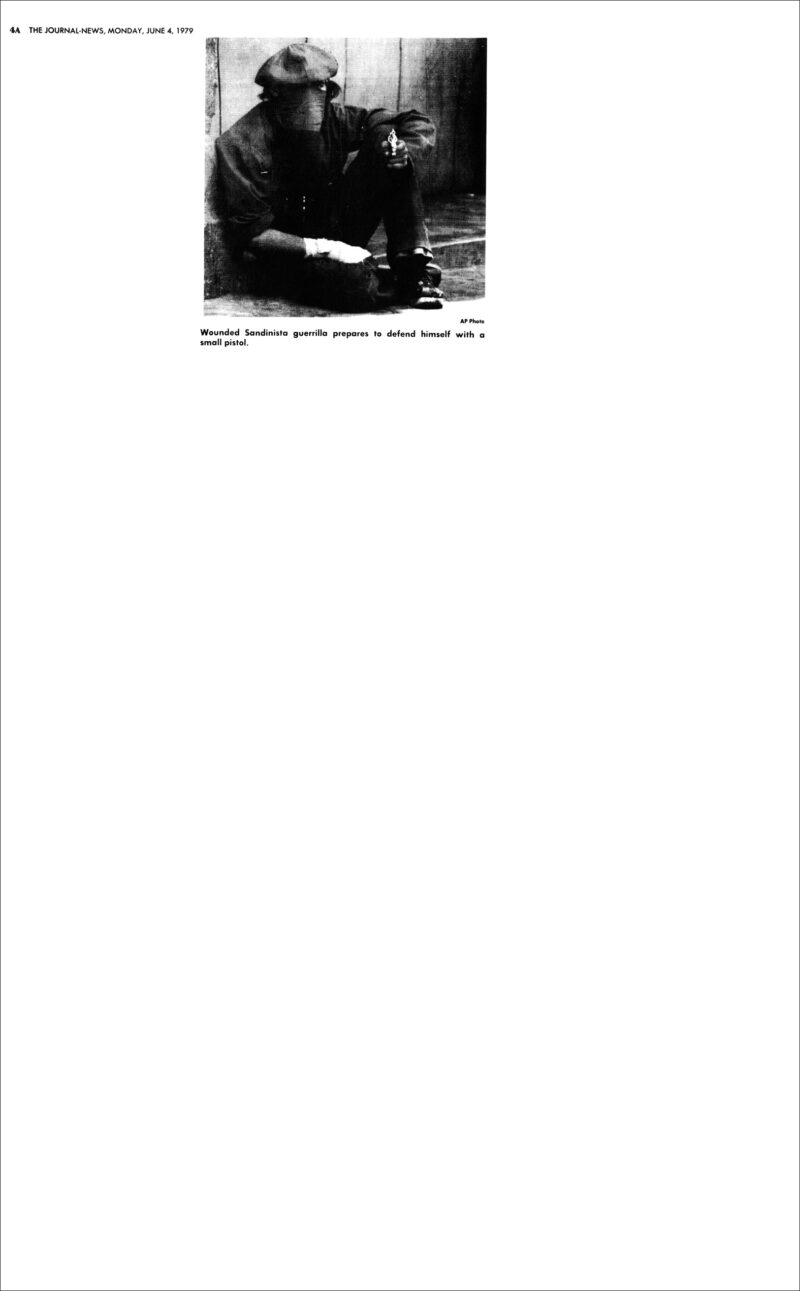
1979
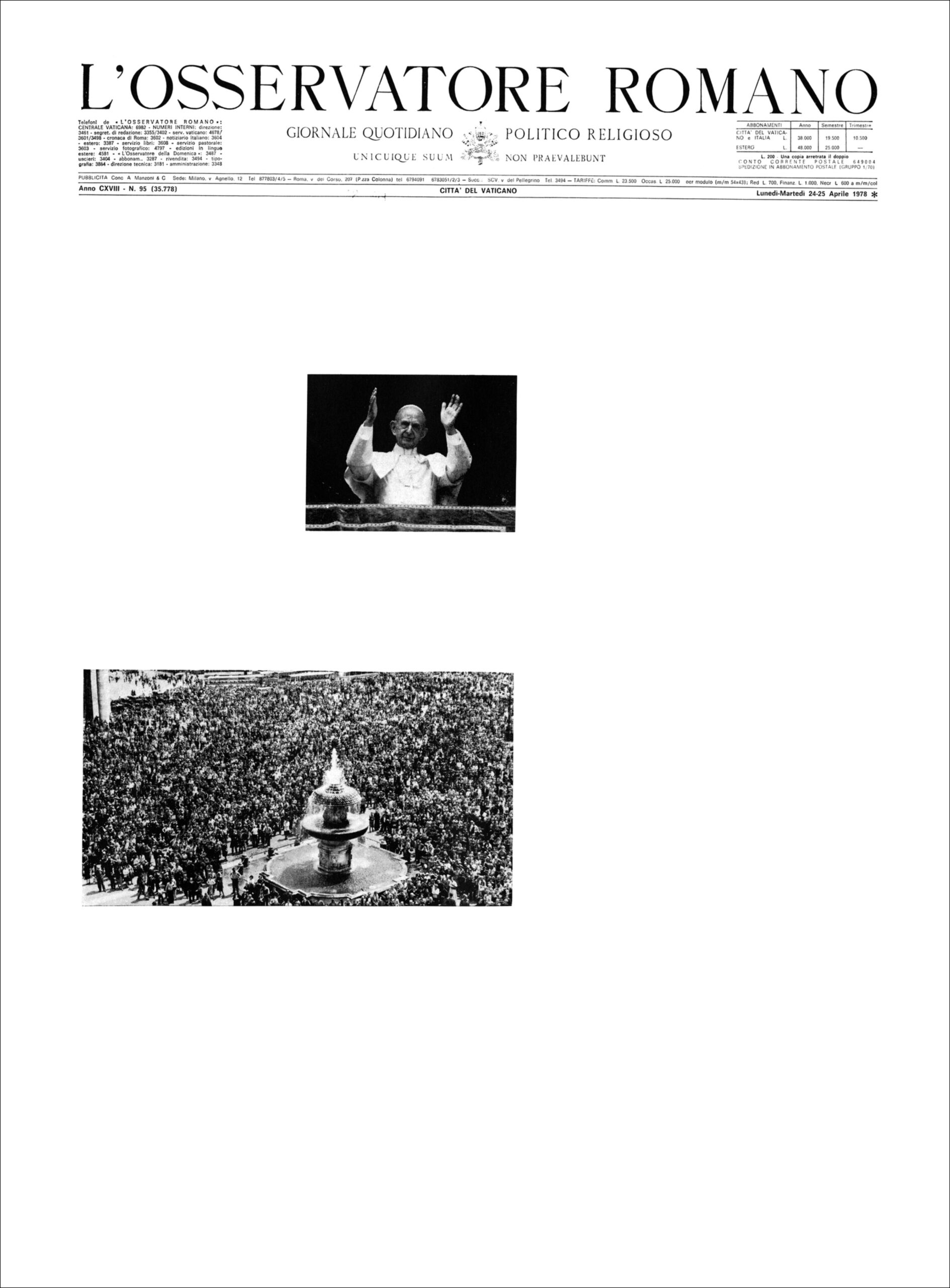
1979
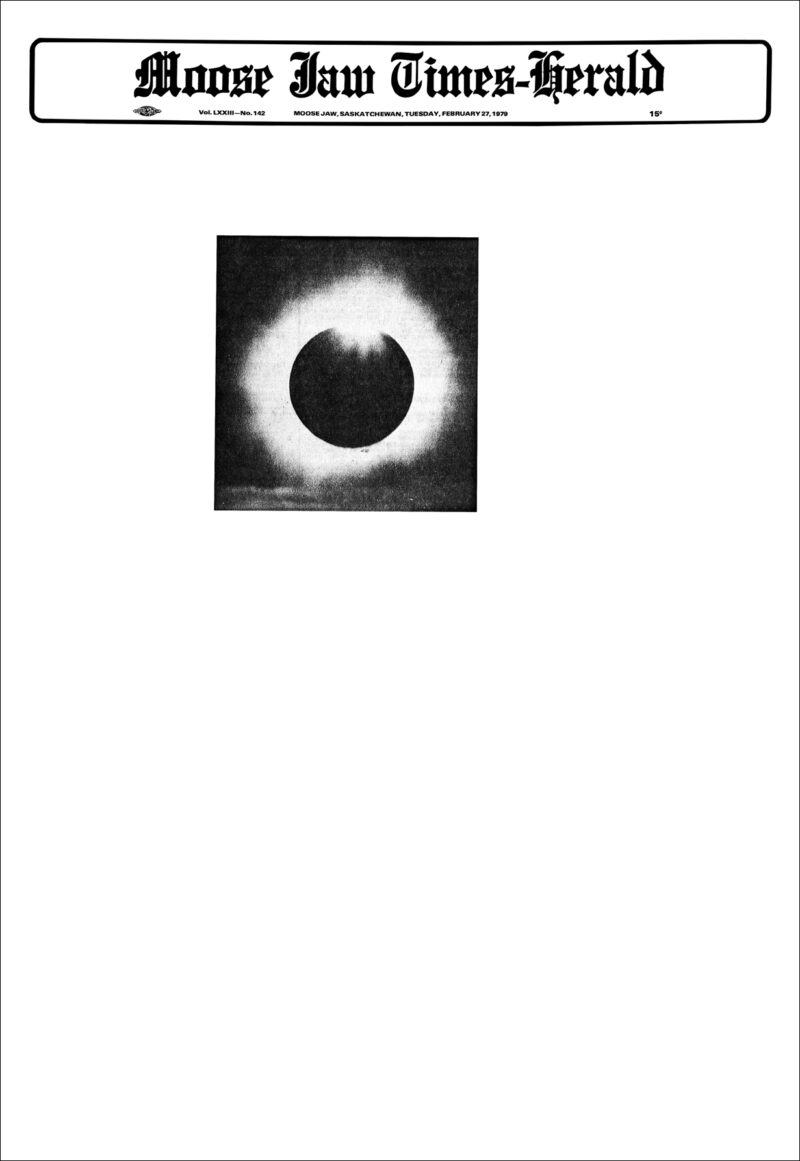
1979

1979
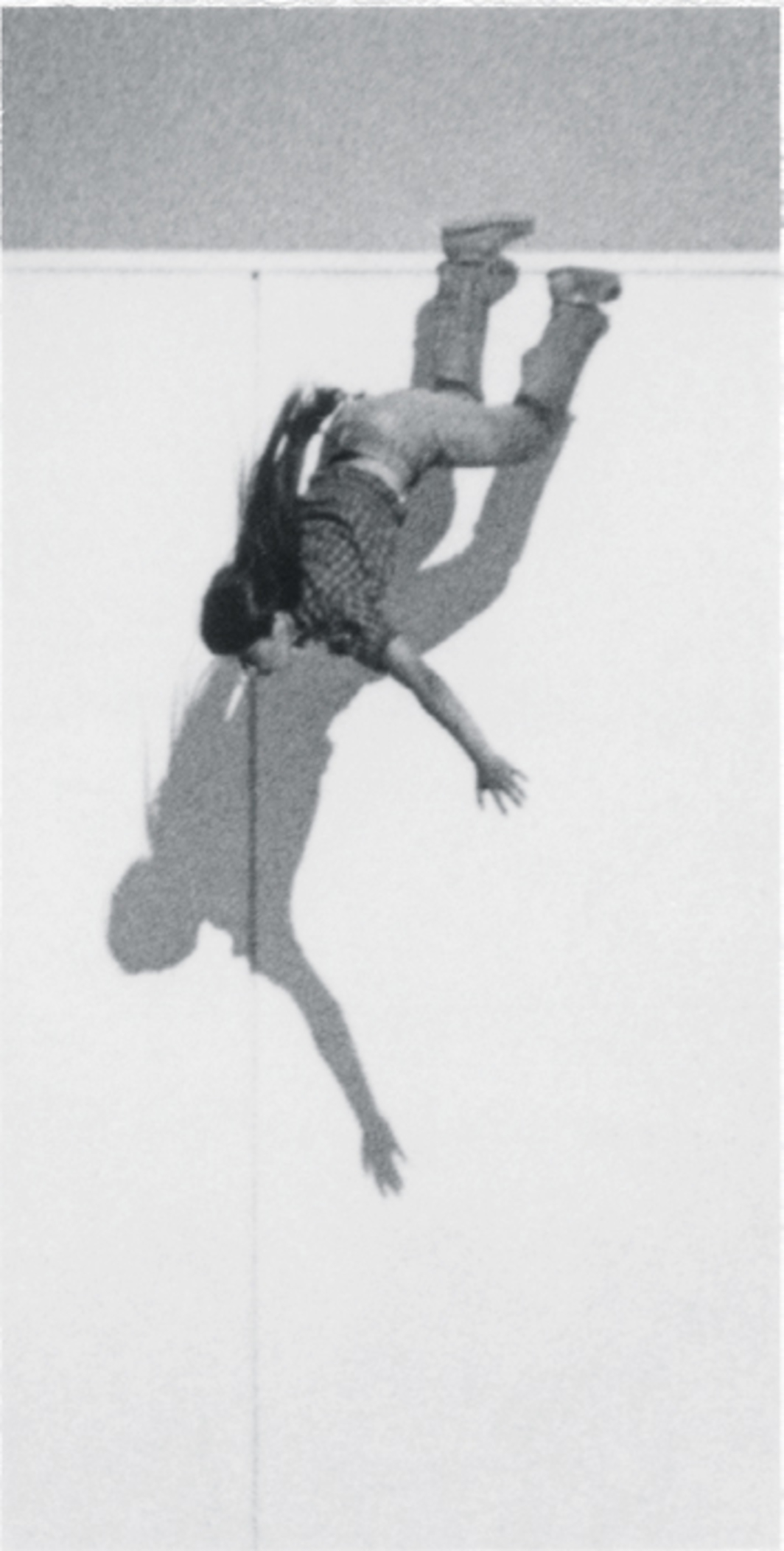
1980

1980
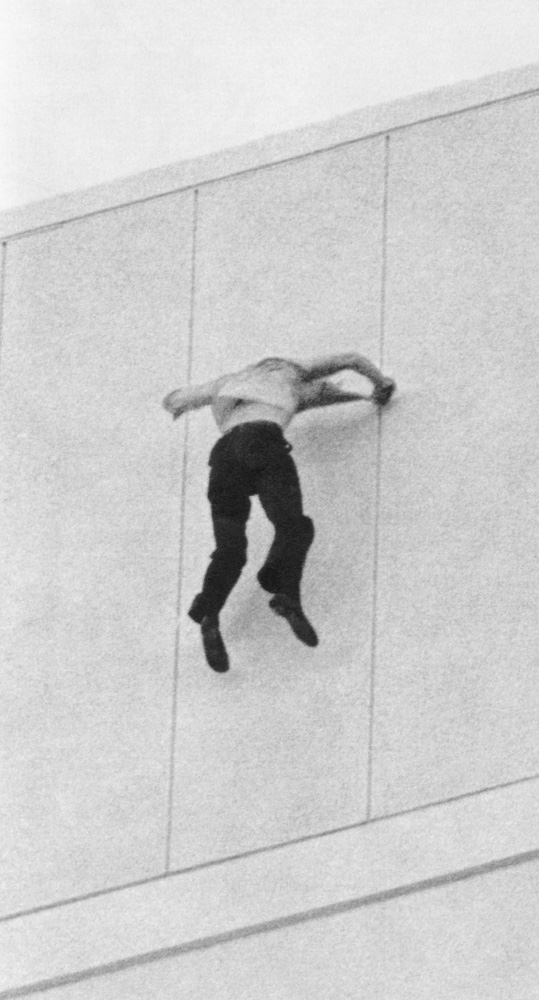
1980
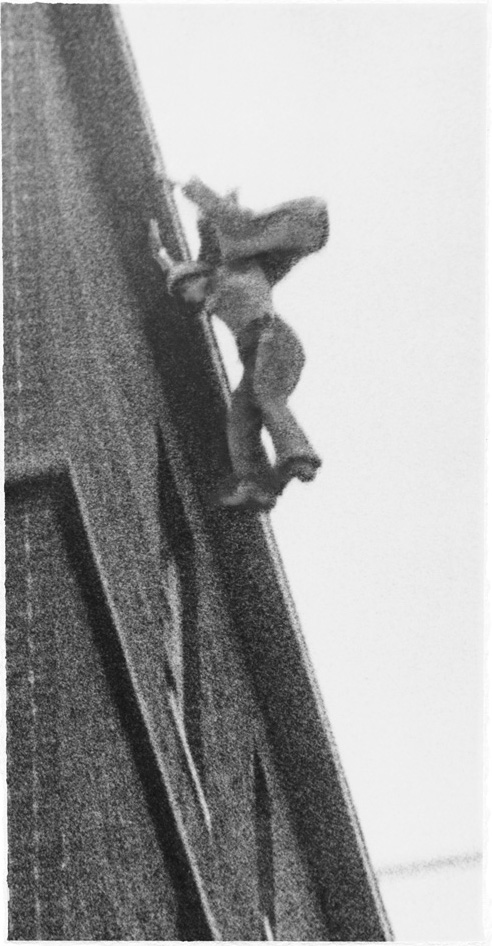
1980
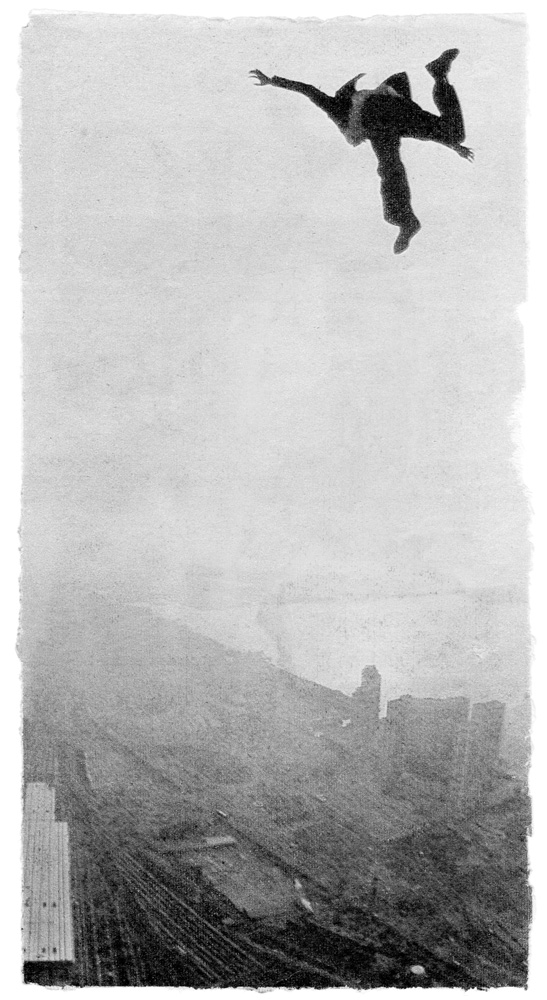
1980
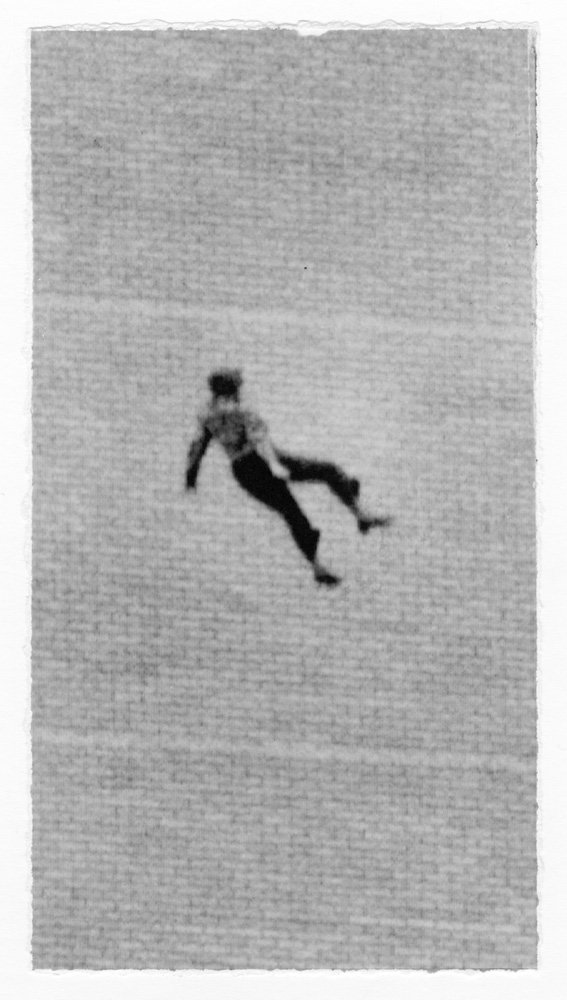
1980
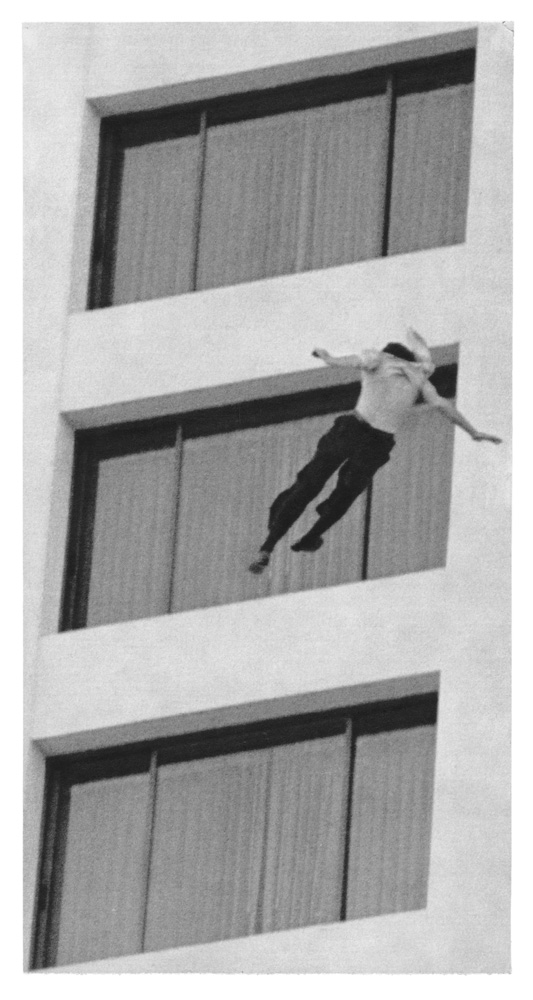
1980
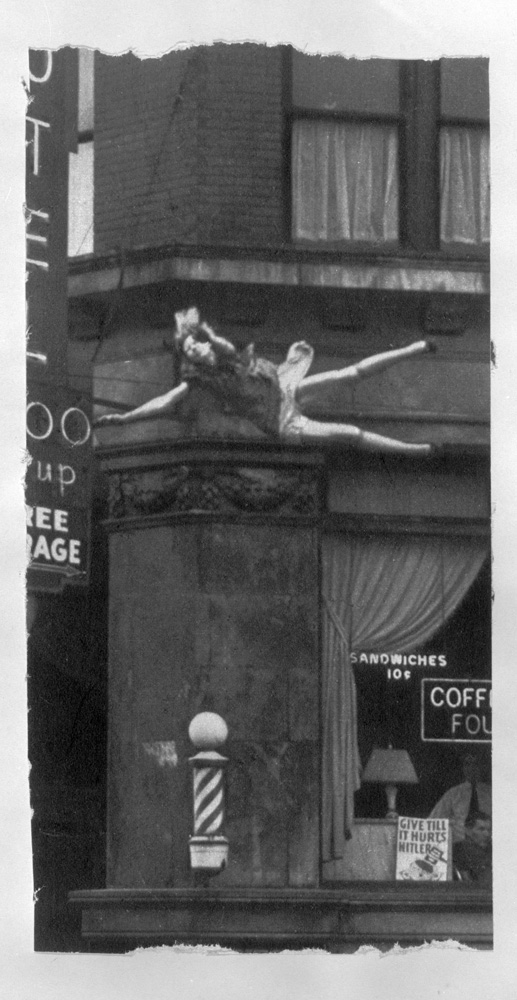
1980
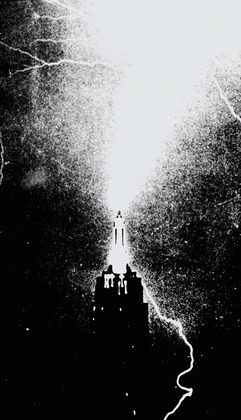
1981
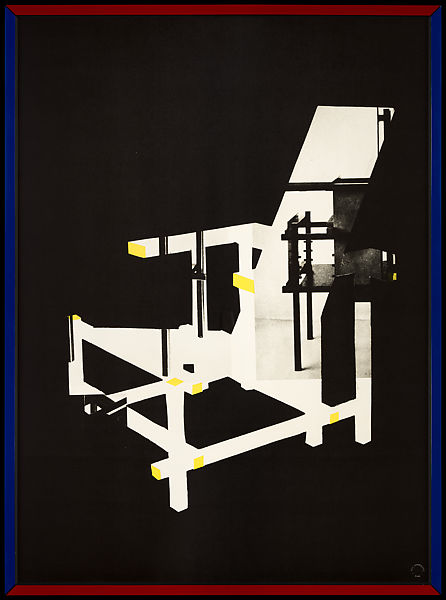
1981
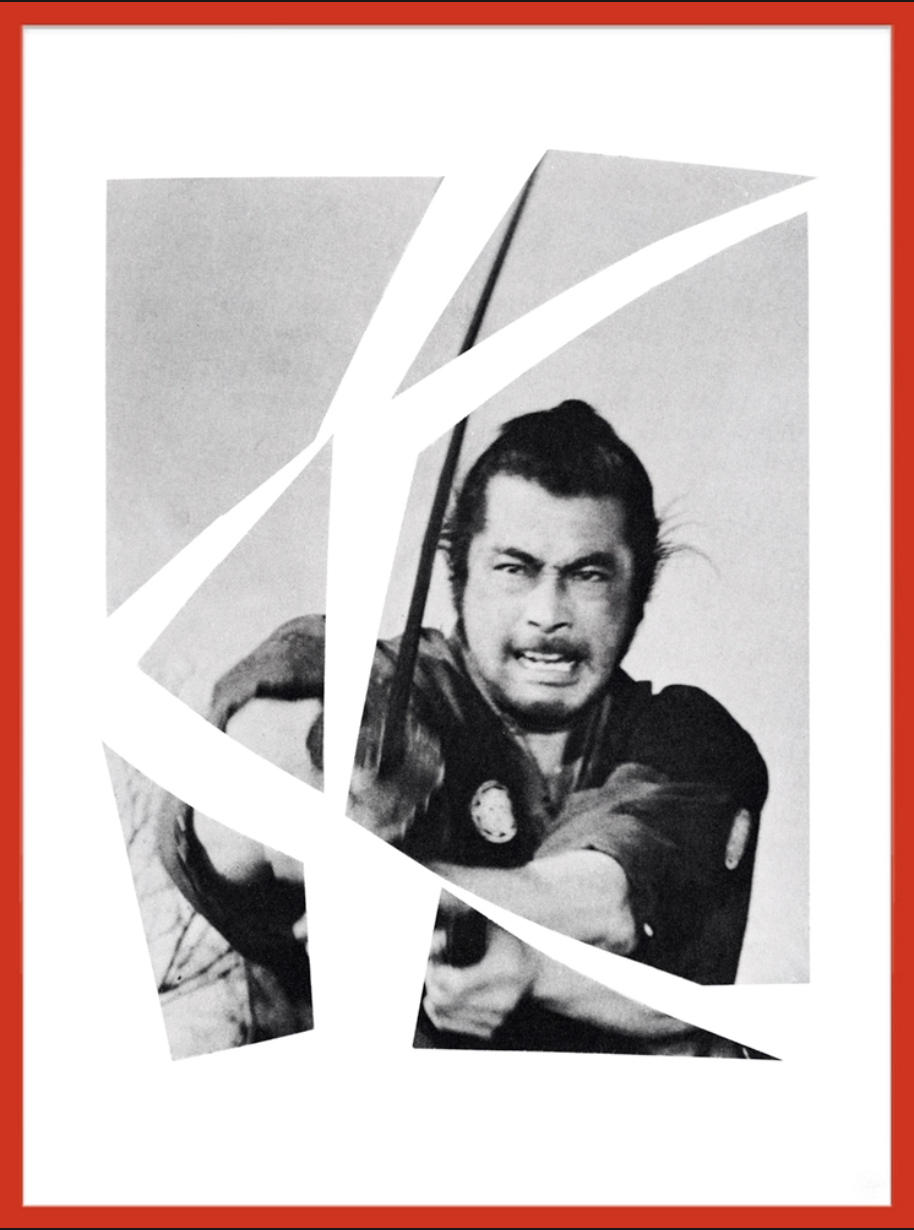
1981
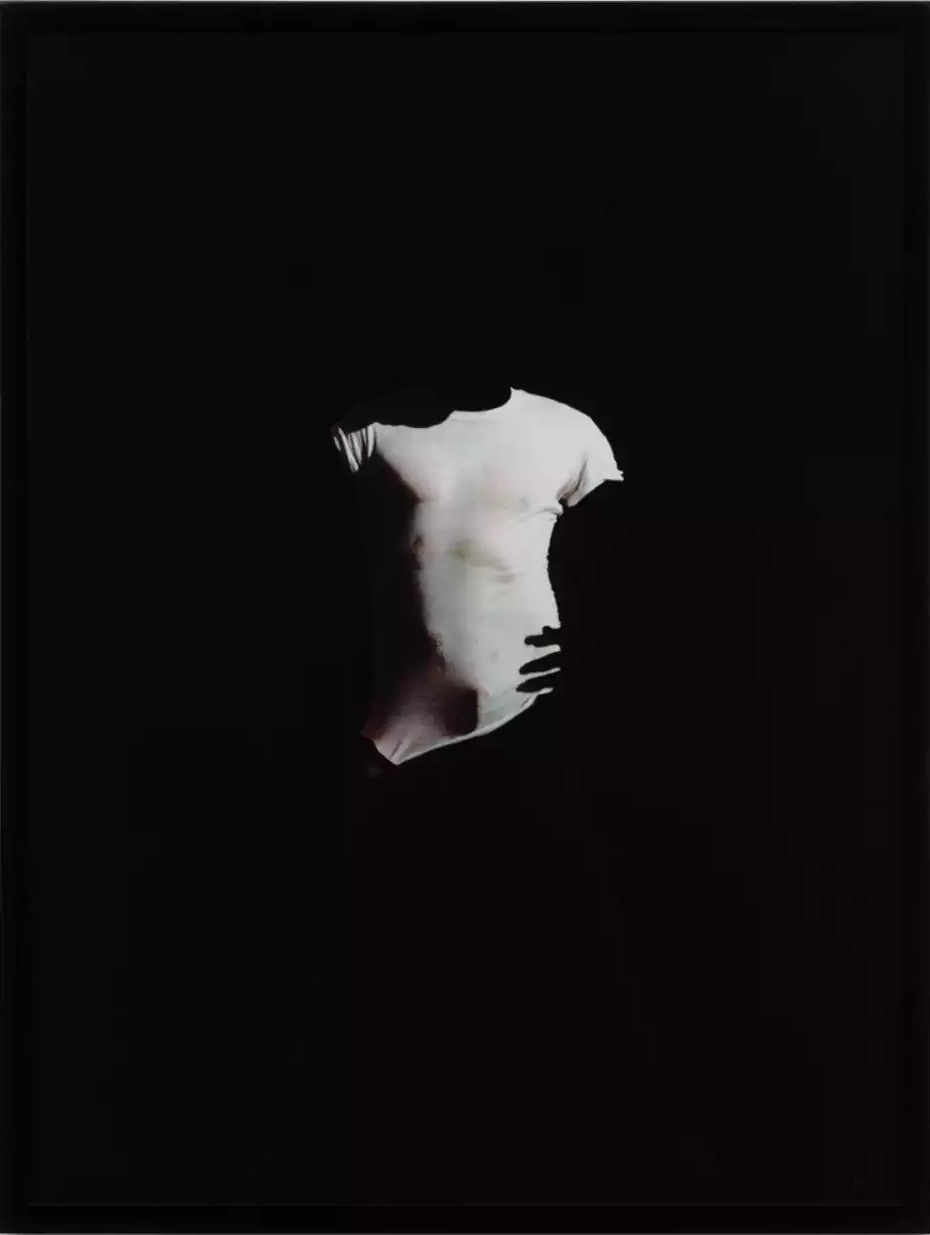
1983
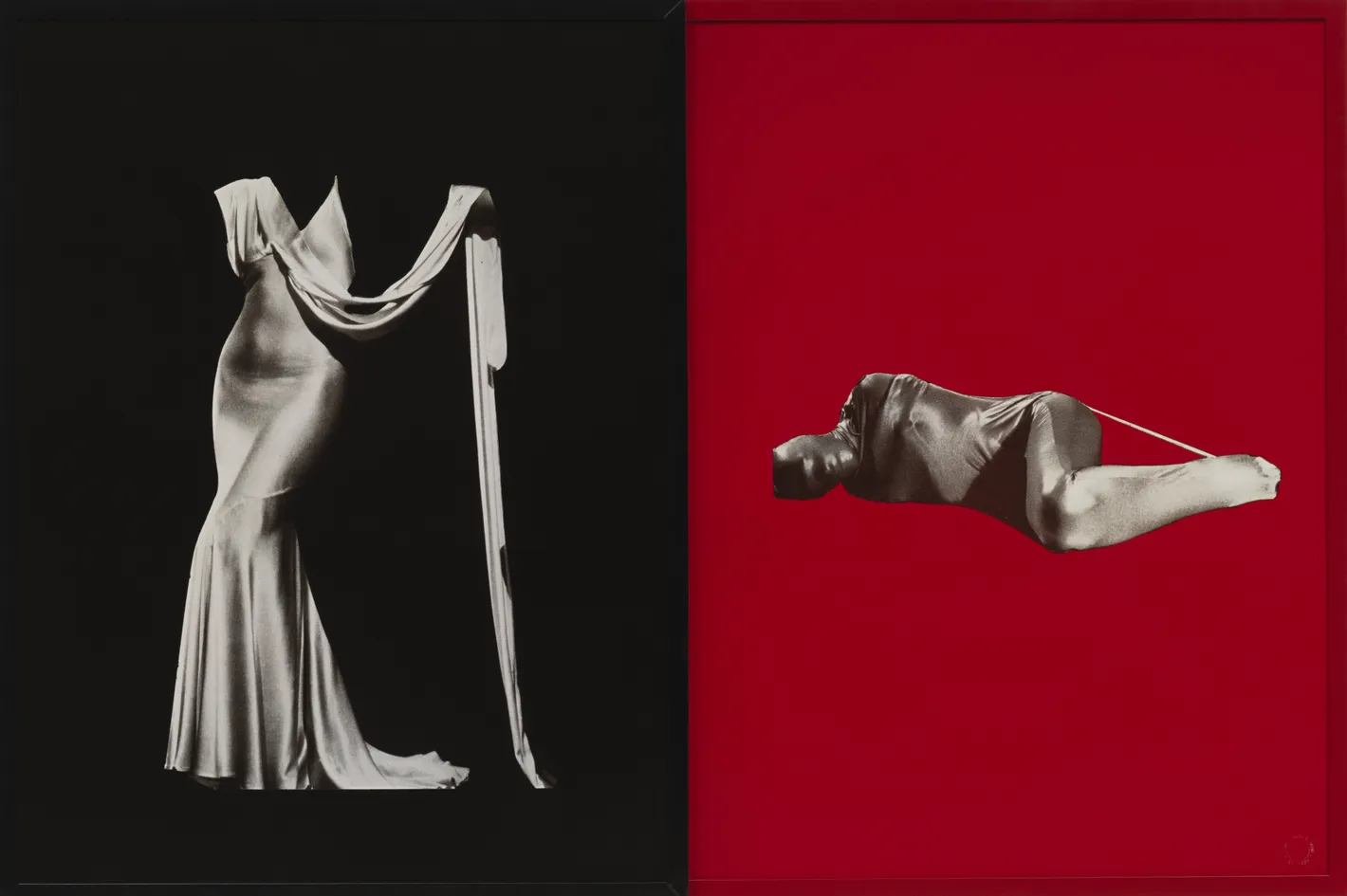
1983
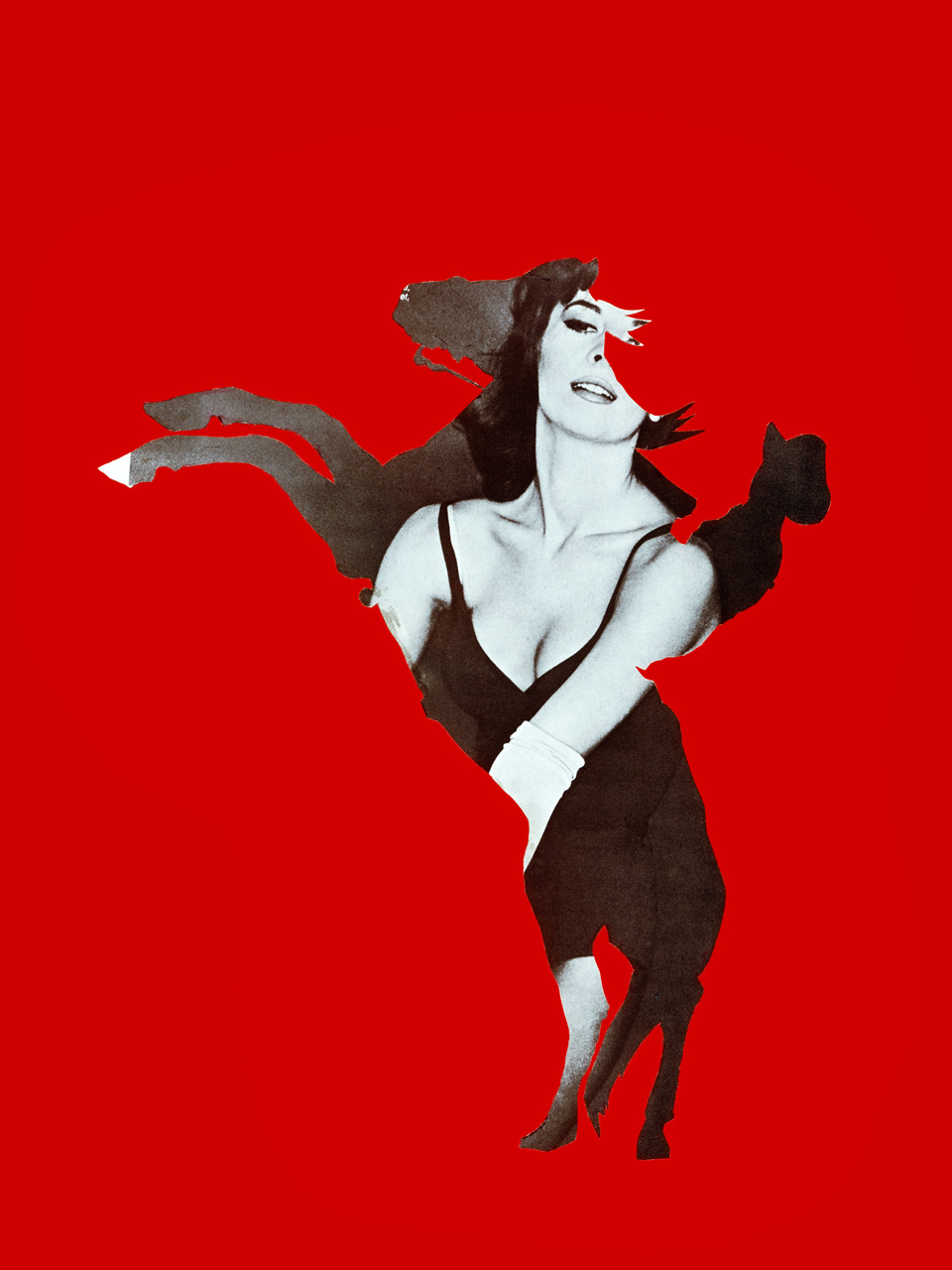
1983
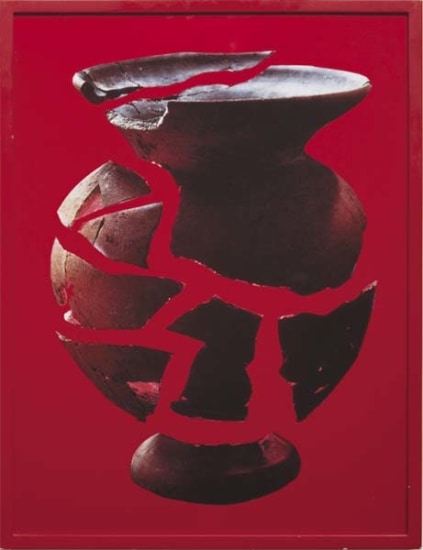
1983

1984
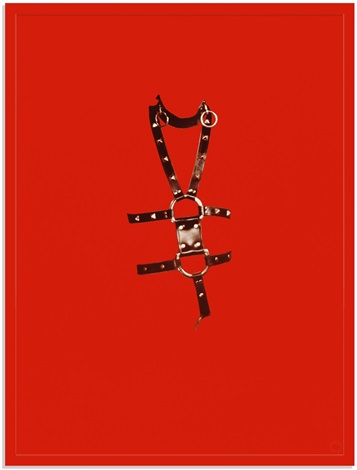
1984
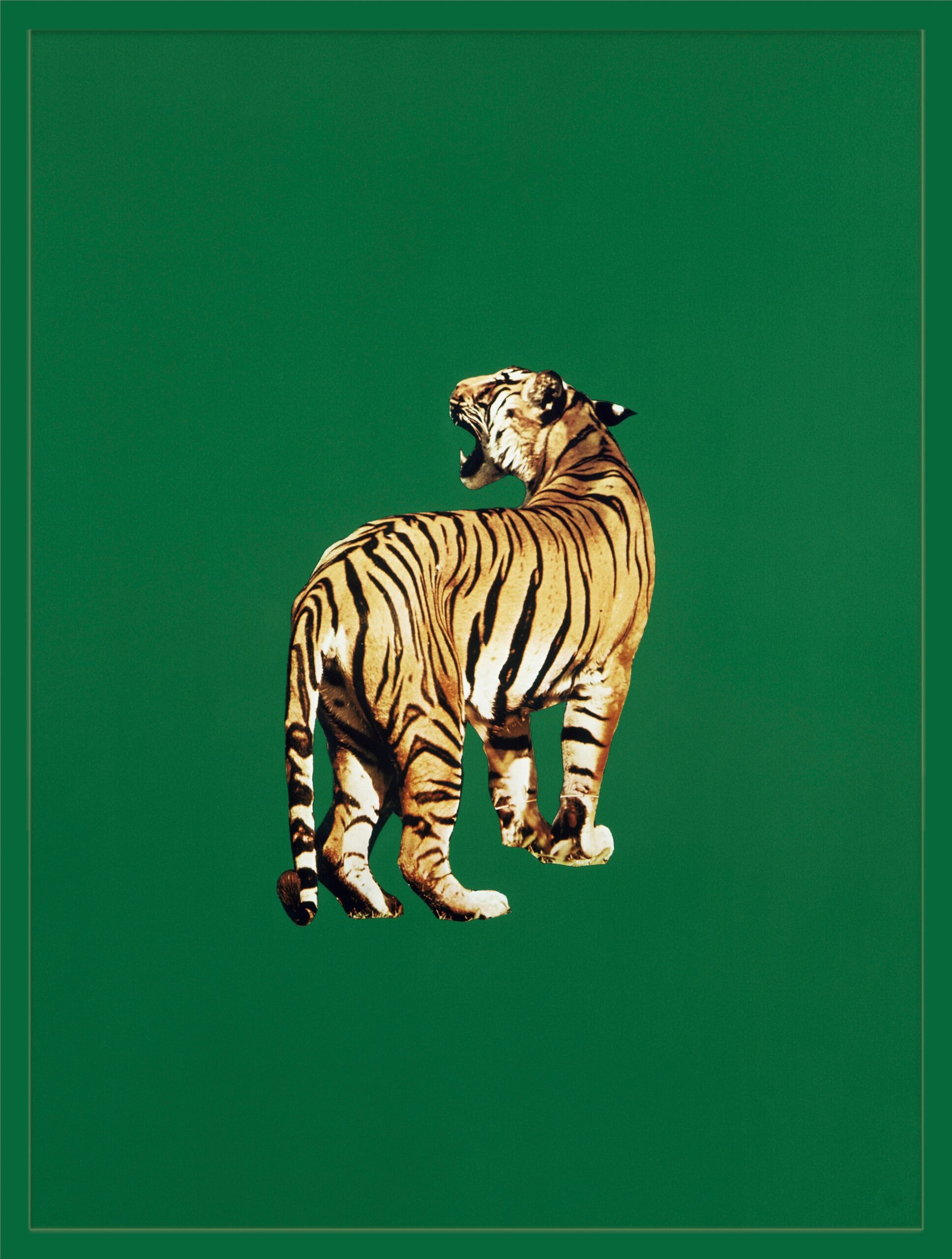
1985

1985
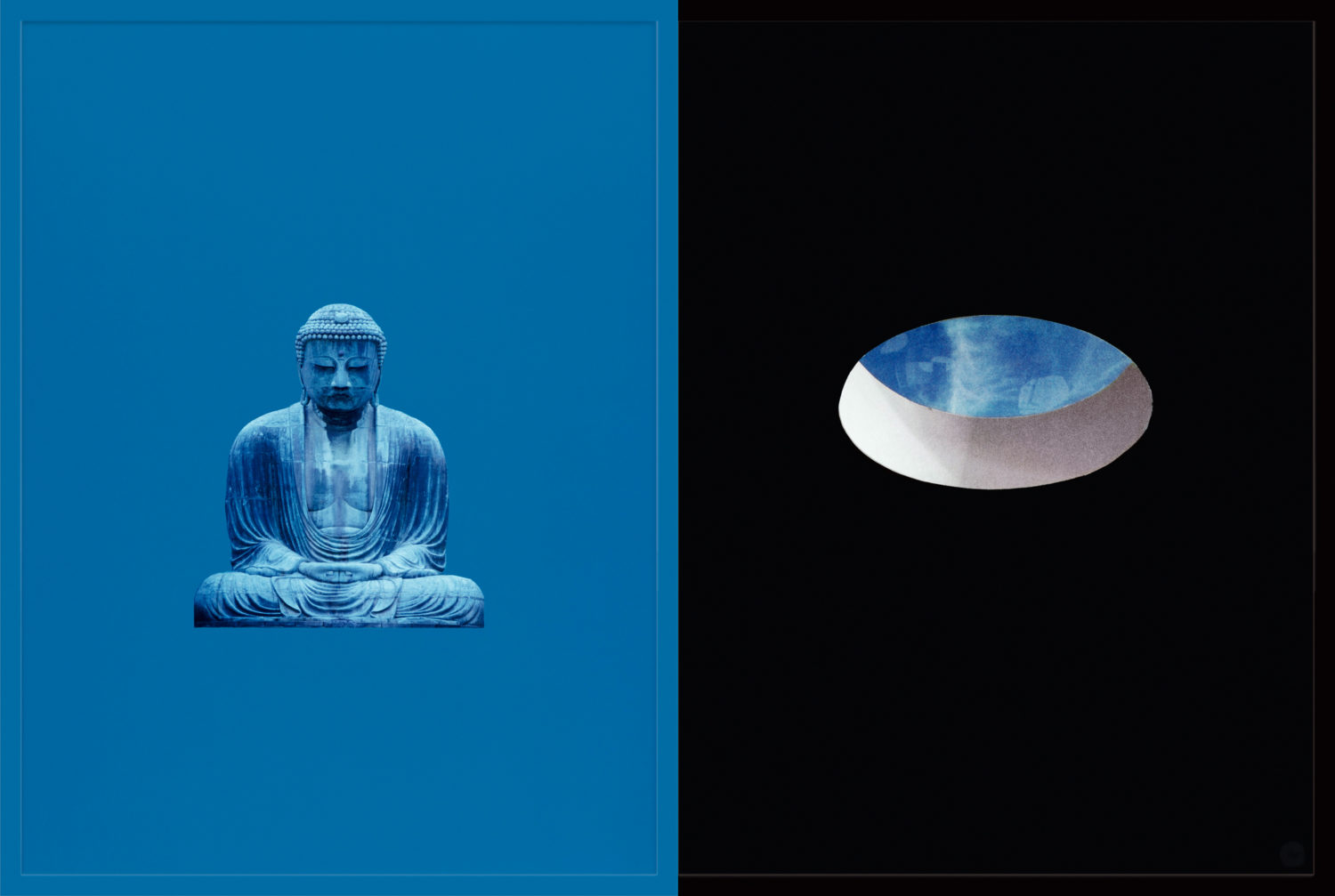
1986
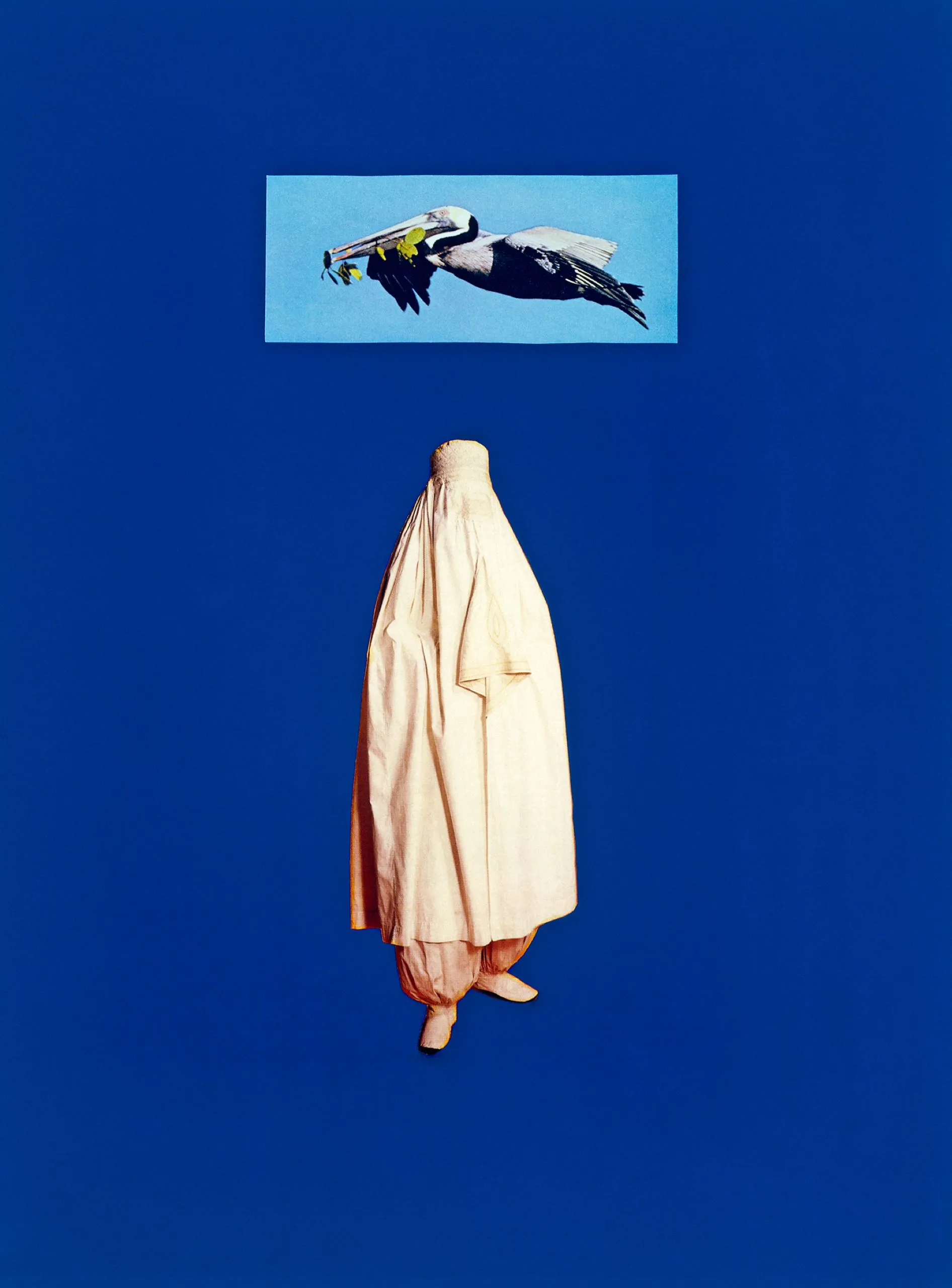
1986

1986
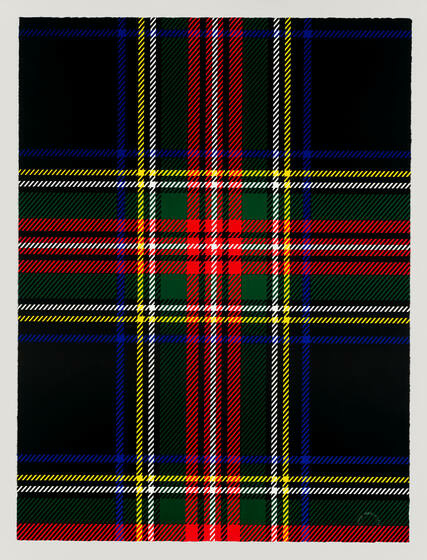
1986
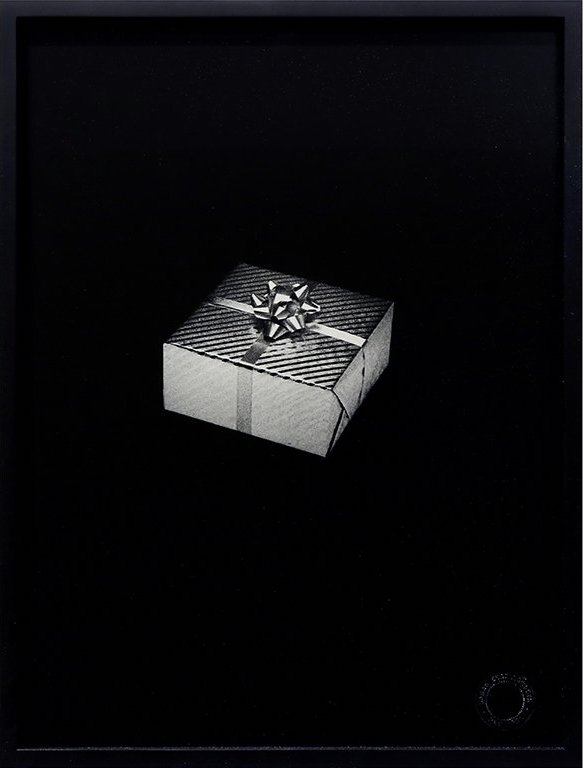
1986

1987
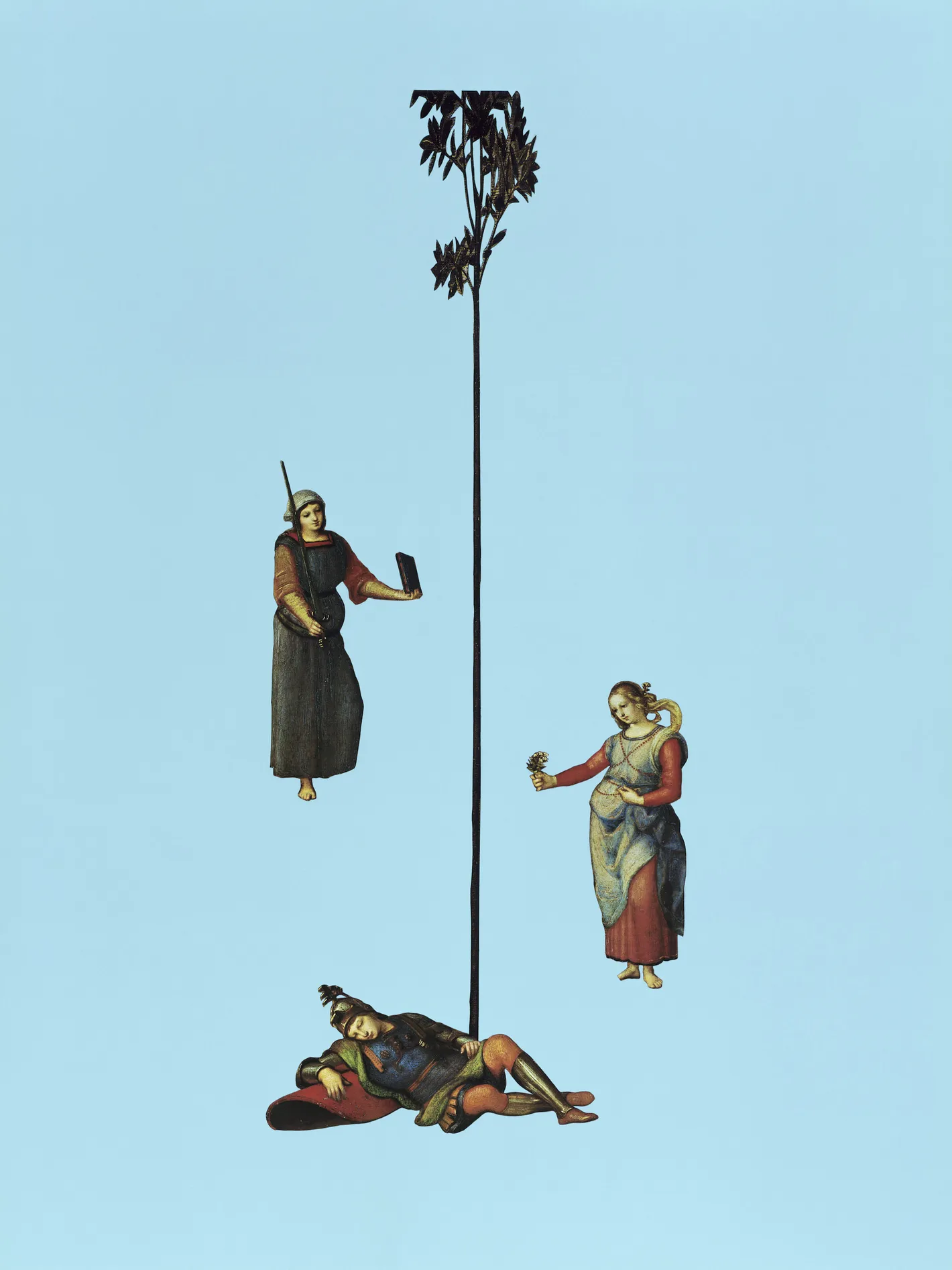
1991
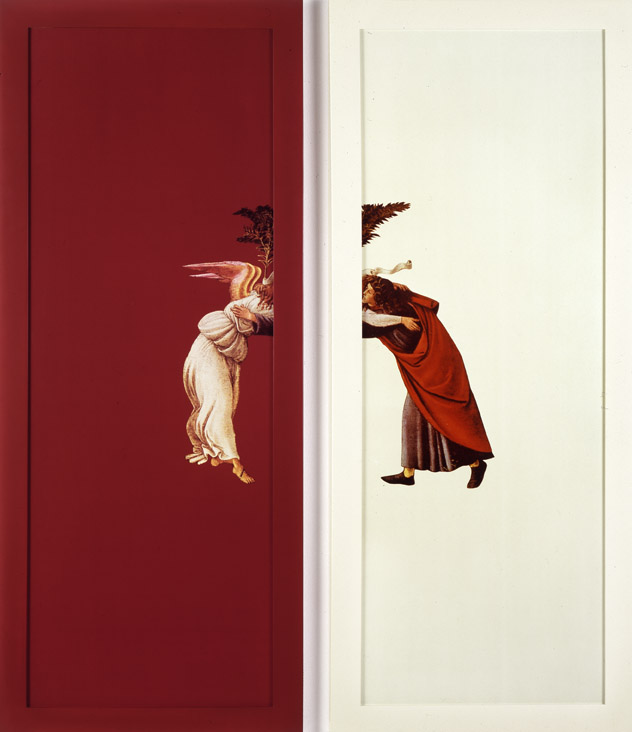
1991
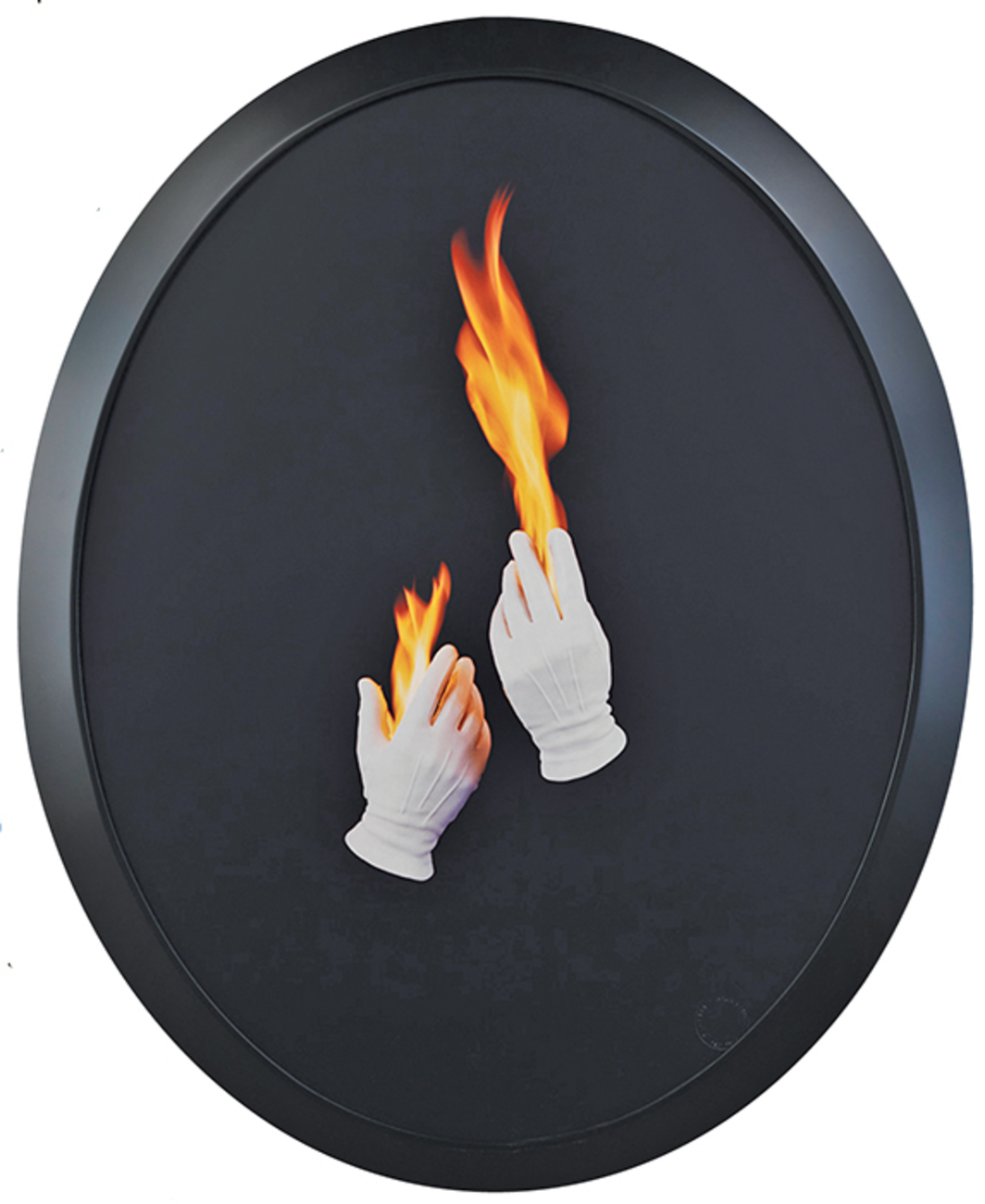
1992

1992
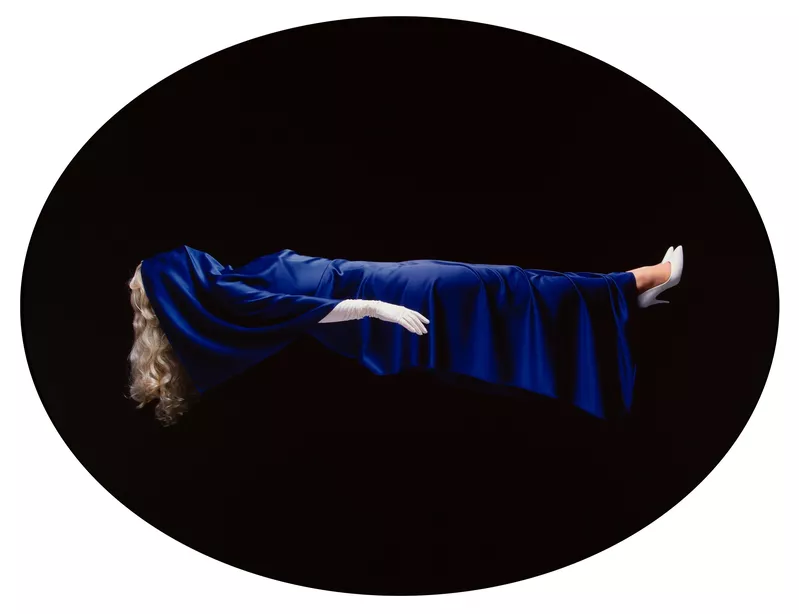
1993
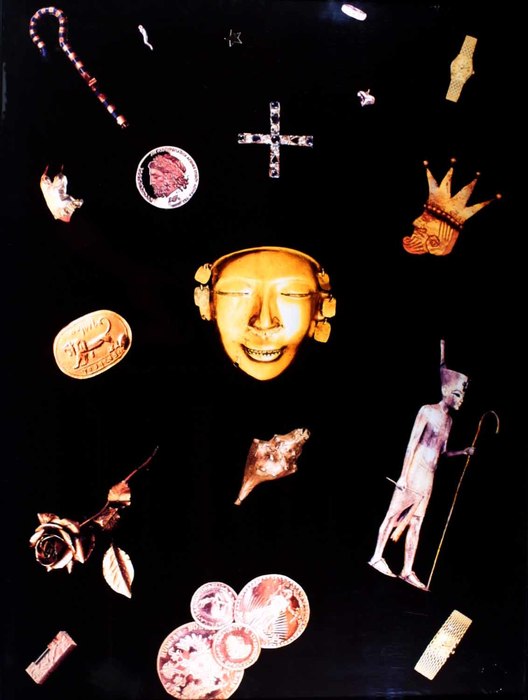
1993
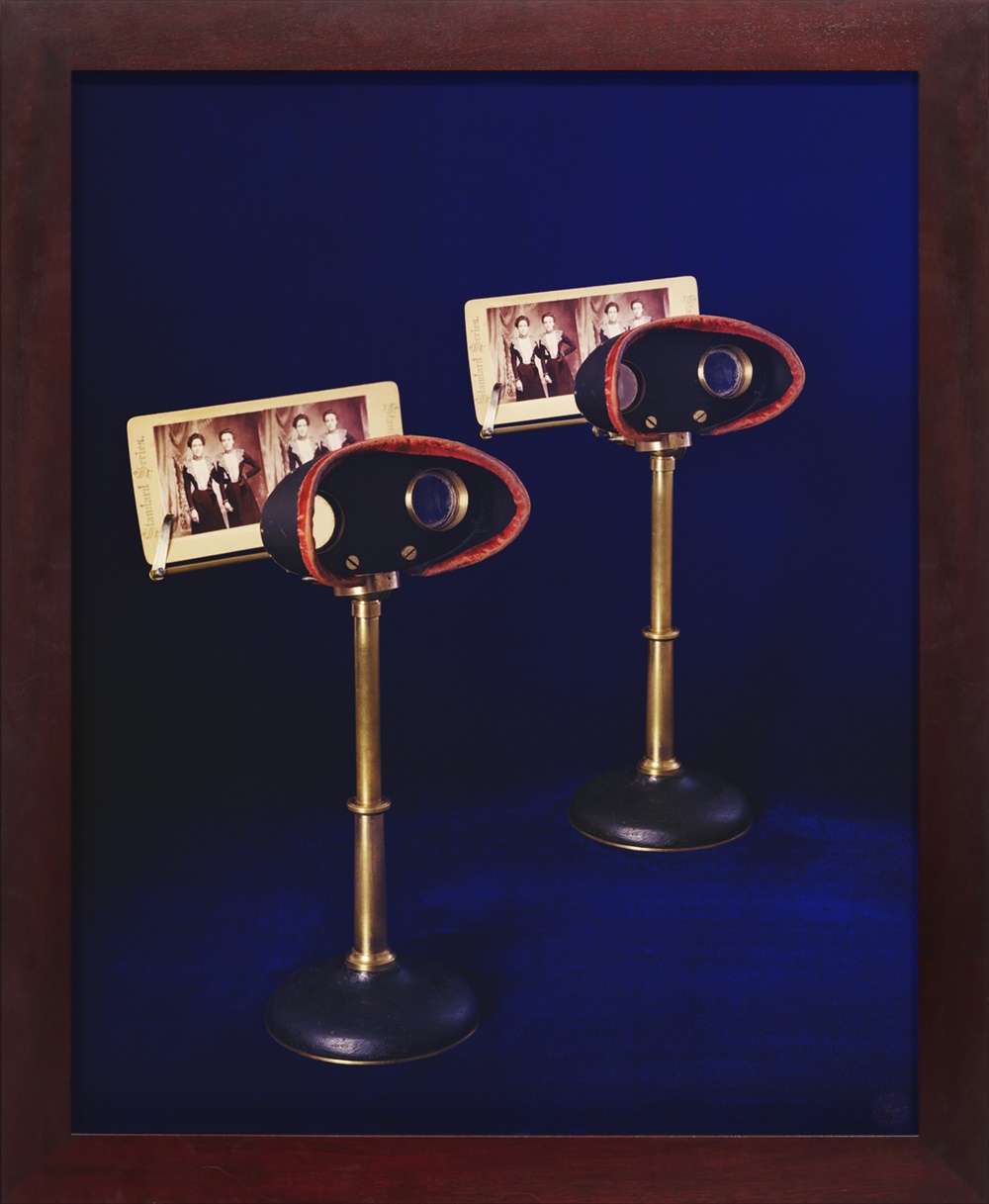
1995
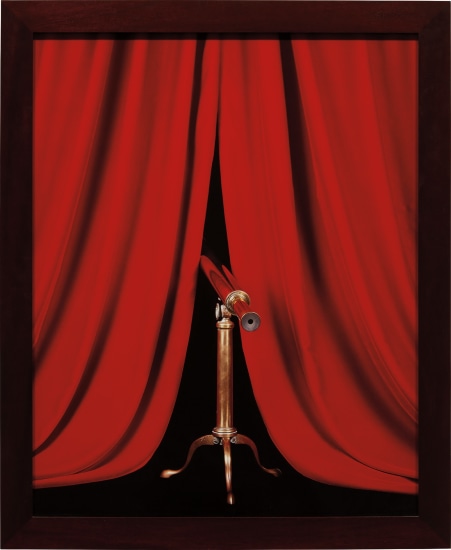
1995
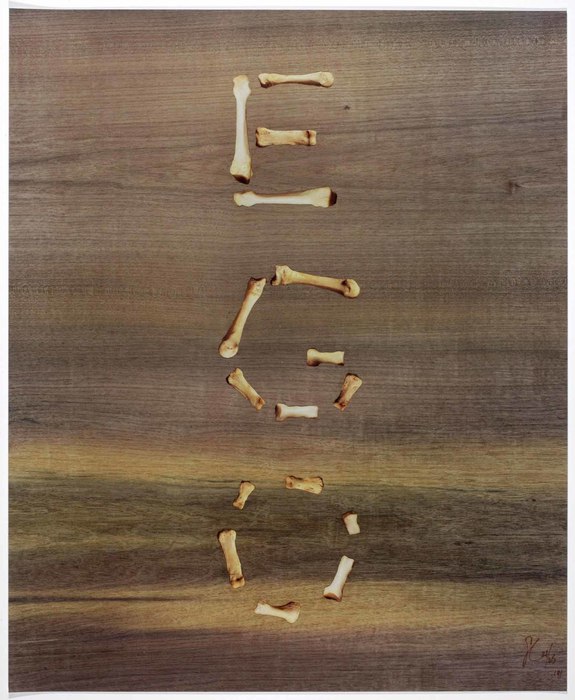
1998
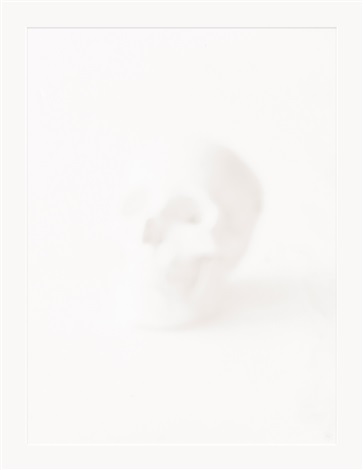
2000
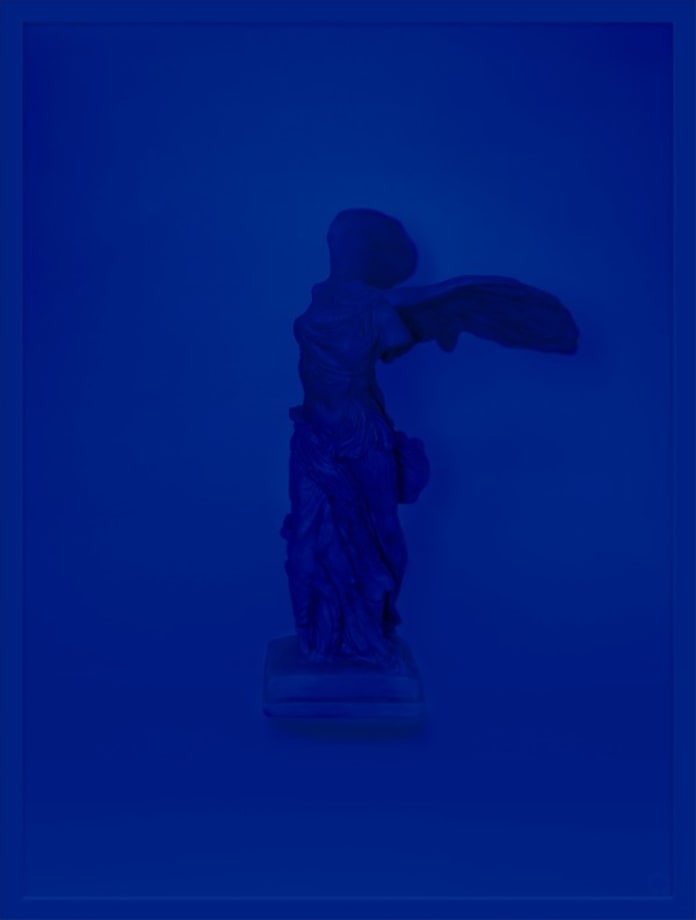
2002
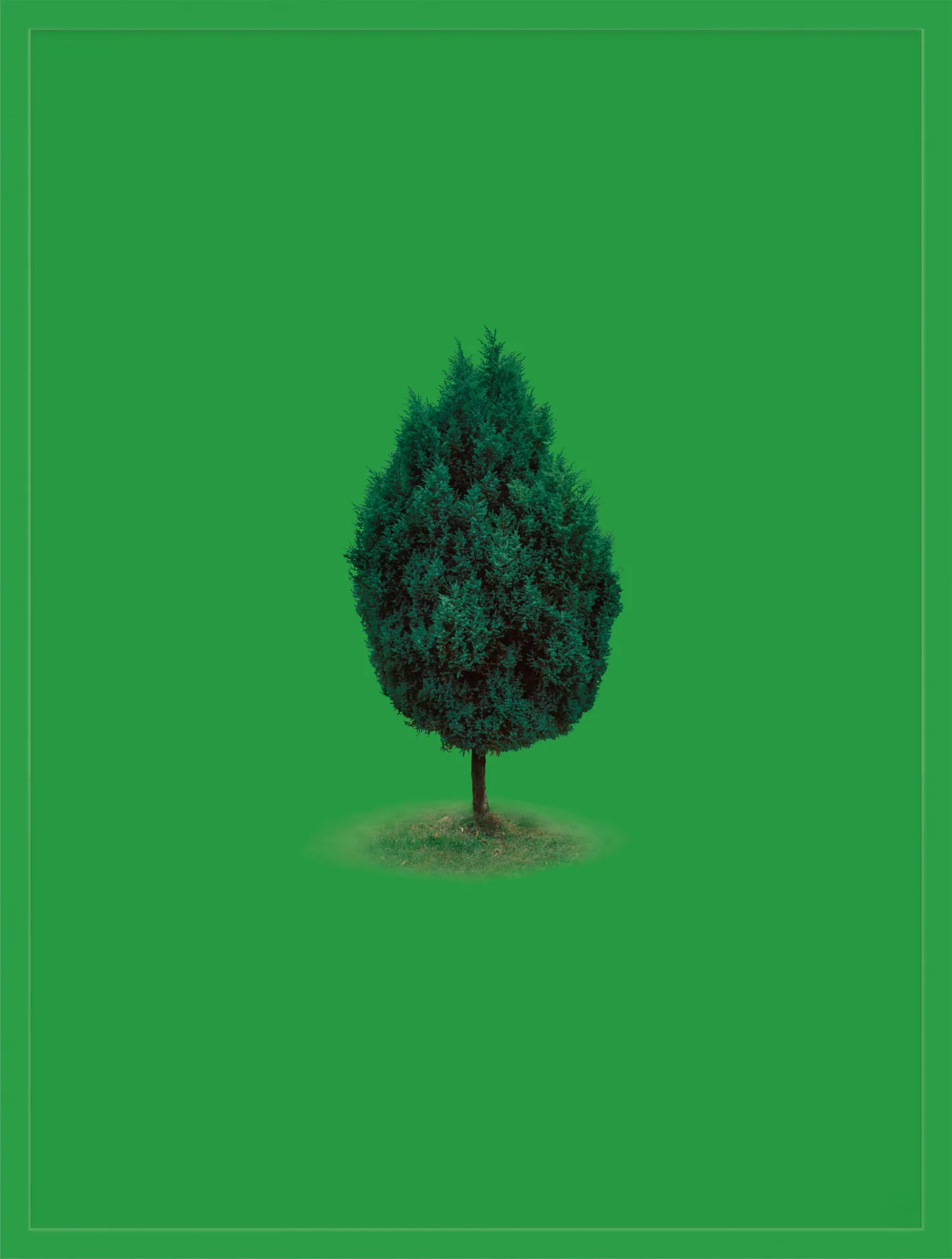
2002
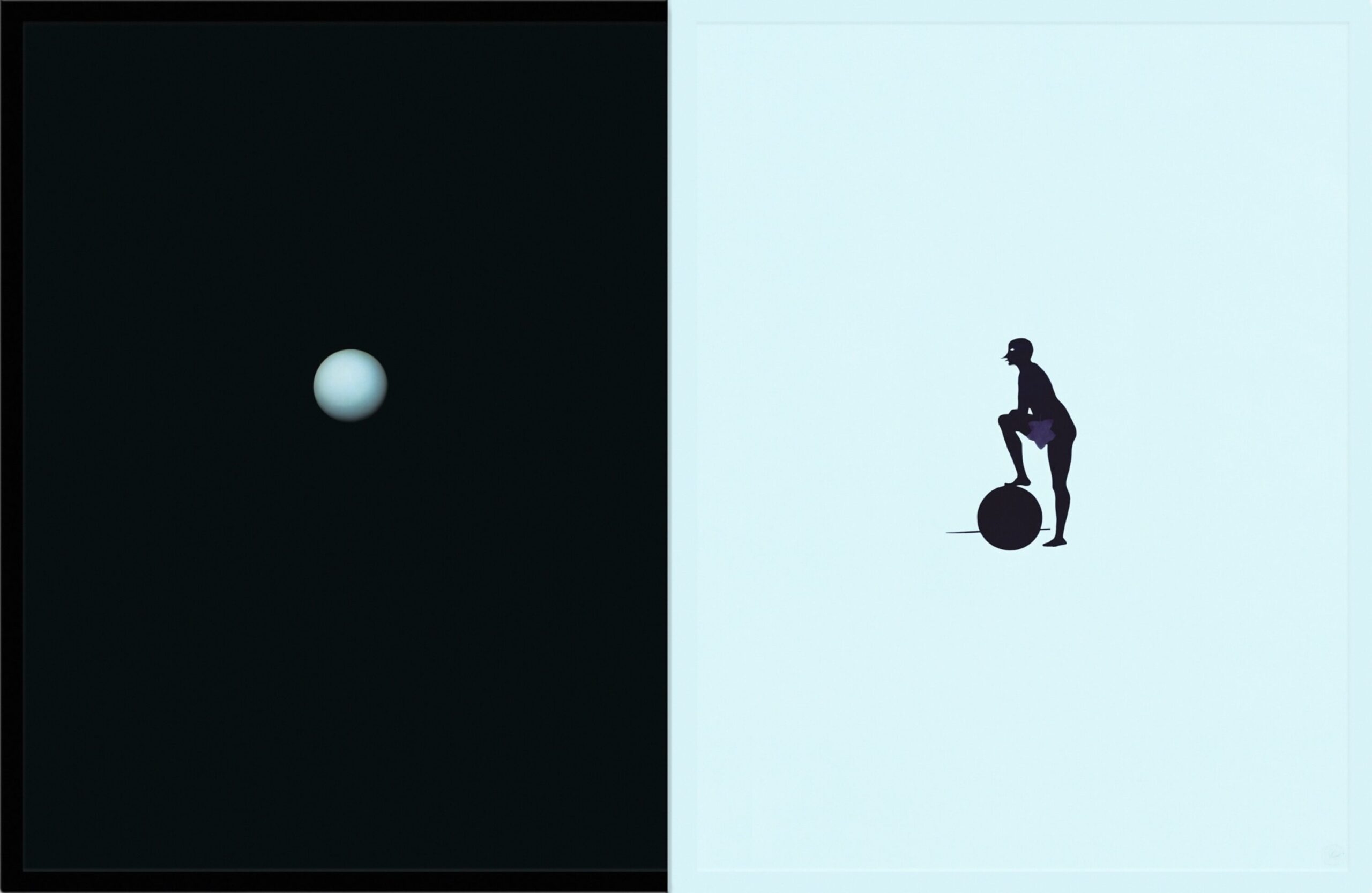
2012
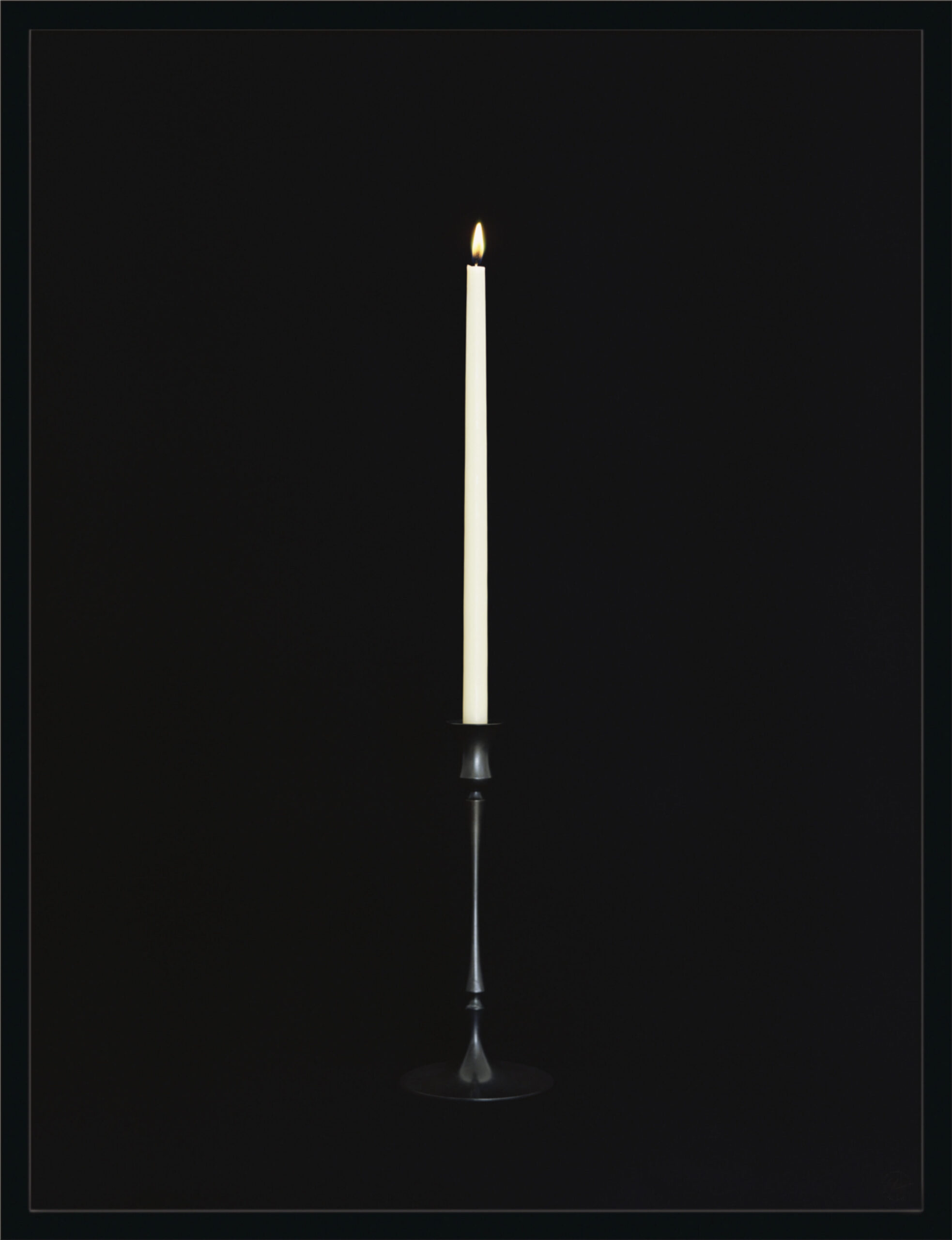
2012
*
p.s. Hey. ** Robert, Hi, Robert. Excellent question: the donkey guy. One of us should write a short story starring him. I too would like to know them, although I often suspect they’re basically nerds with big imaginations and nagging hardons. ** Jack Skelley, Jack not jock! She was! I wish she still did stuff, but I read that her body’s not cooperative anymore. Enjoy the Sabrina-flecked hood. Yep! ** _Black_Acrylic, Yes, that anniversary was news here too because, you know, she bit it here. I guess people were piling flowers on the overpass above the ill-fated tunnel and so on. Oh, my god, that site looks insane! I’m there ASAP. Everyone, _Black_Acrylic alerts us to ‘this great website — THE DIANA-MORRISSEY PHENOMENON — that details a conspiracy theory that you might be into. Did Morrissey predict those tragic events? The truth is very much out there.’ Looks hot. Thanks, pal. ** Dominik, Hi!!! Yes, and maybe you recognised cocainejesus because he was here in another slave post under a different name and looking for relatively different things a couple of months ago. What a nympho! I didn’t really think through yesterday’s love, but it would be momentous, wouldn’t it? Love with rly muscular thighs that are out of porpotion w/ the rest of his body, G. ** Bill, I have serious doubts that any of them are real. Yes, I’m hoping that Halloween has taken enough of a foothold in France this year that we’ll see some of those Halloween horrors on our silver screens, but I kinda doubt it. Keep me informed please. ** Sypha, Especially when you imagine lowestlifeform crackling and blackening in it. I hope that mutual trolling ends up having a presence in your story. I think most Kickstarters get their big input in the last week or so of their existences, so it’s possible. ** RY/\N, Hey there, RY/\N. Oh, dude, I figured you were busy as hell. Well, that’s most excellent news about the huge success of your gig, needless to say! Yay + 1,000,000. Dude, Cafe Oto is a legend. Some of the greatest music makers in the entire world play there. I’ve always dreamed of seeing a gig there, but I’ve never been. So, wow! Hope that works out. As seemingly usual, your Twitter links don’t works for me, I don’t know why. Drat. Kenneth Anger is awesome,for sure. My favorite is ‘Inauguration of the Pleasure Dome’. Enjoy the success fruits, and, yes, milk ’em like crazy. ** Damien Ark, Hi, Damien! I’m glad their timing was apropos. Yes, indeed, and for sure, the aftermath is most confusing. You have to enjoy losing control and discovering your work’s initial fate. Emphasis on the word initial. Not easy. You working on anything? ** Okay. If you didn’t know the works of Sarah Charlesworth, now you do, so you can carve that notch into your belts. See you tomorrow.




 Now available in North America
Now available in North America 
Hi!!
Hell, I had not recognized cocainjesus, but I went through the last few slave/escort posts and indeed, he’s already visited once, under the name of icepity, and I commented on my undying love for him then too, haha. His preferences seem to have changed… slightly.
Yess, that was such a great thread – where your love came from! So mean. I have to go back to yesterday’s post for my love too because love wants to assure you that with him you will spend unforgettable mom, Od.
Here are my review of LOVING HIGHSMITH: https://gaycitynews.com/documentary-loving-patricia-highsmith/ and interview with Ricky D’Ambrose: https://thefilmstage.com/ricky-dambrose-on-the-cathedral-and-the-intricacies-of-indie-filmmaking/
The Morrissey/Princess Di conspiracy page is genius. It takes a brilliant mind to read the lyric “hemmed in like a boar between arches” and conclude it’s a reference to Princess Diana because it’s an “interrupted spelling” of her name.
It’s heartening to see a conspiracy theory that’s fairly harmless – feels very 2000s Internet.
Sarah Charlesworth is a new name for me, and it’s cool that the Egyptian alchemists are referenced in her interview. She certainly talks a good game.
@ Steve, there’s an interview here with the guy who set up that page. 3 years of work went into it and he believes in what he’s doing so yeah, fair play.
Just a shout-out for being an online teacher, too. I’m putting this blog ahead of artforum and the others on my syllabi’s Suggested Resources. Haven’t turned them in to whoever the fuck collects them each semester so there’s still time to fix 😀